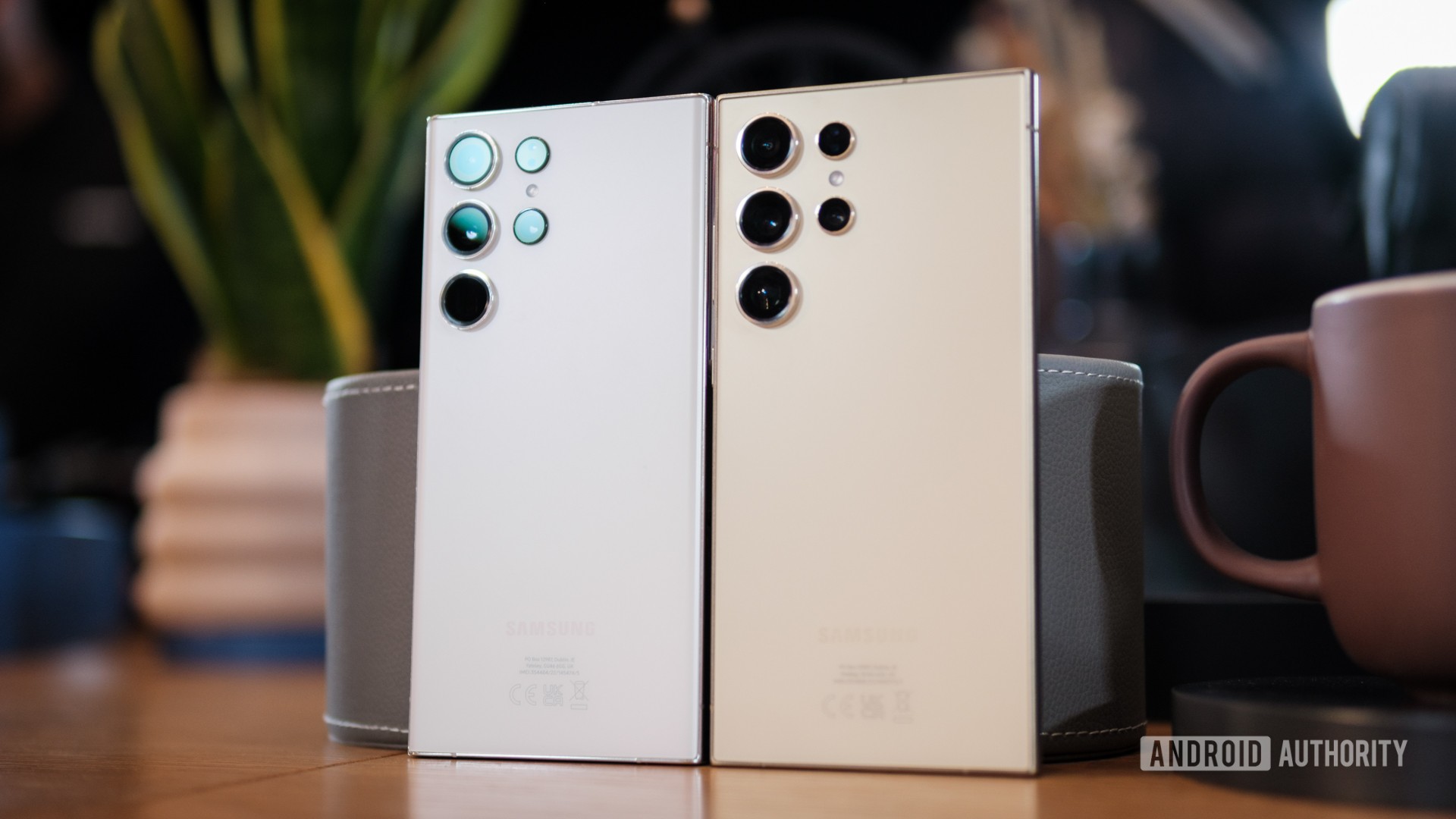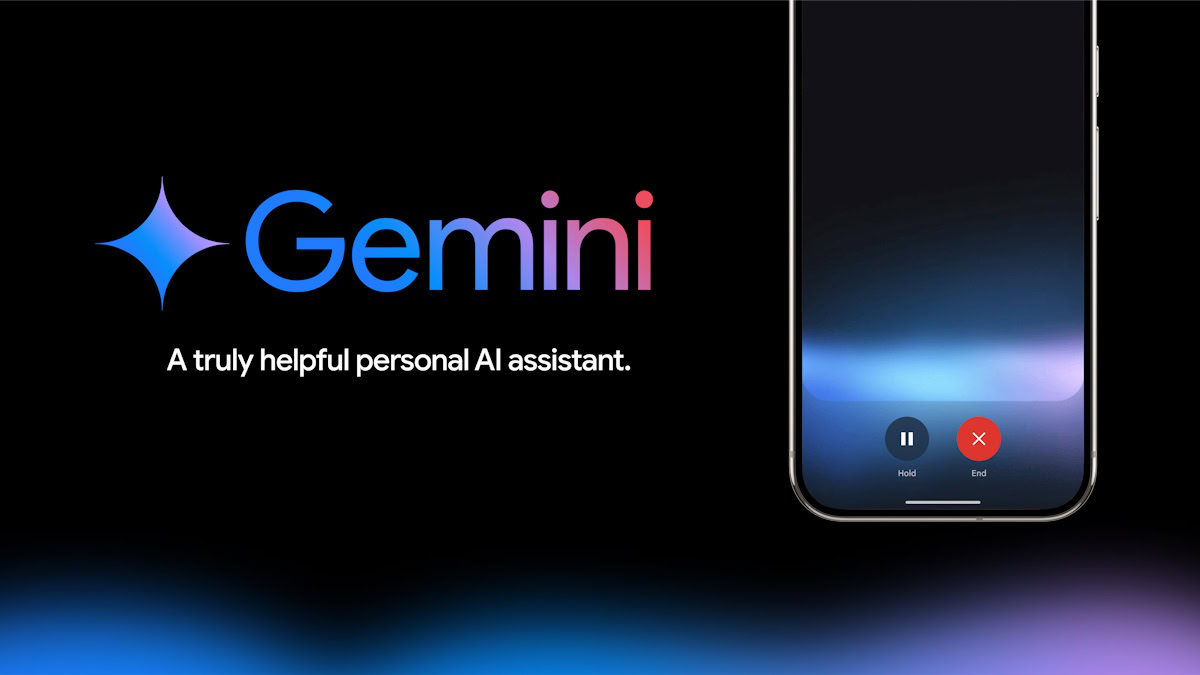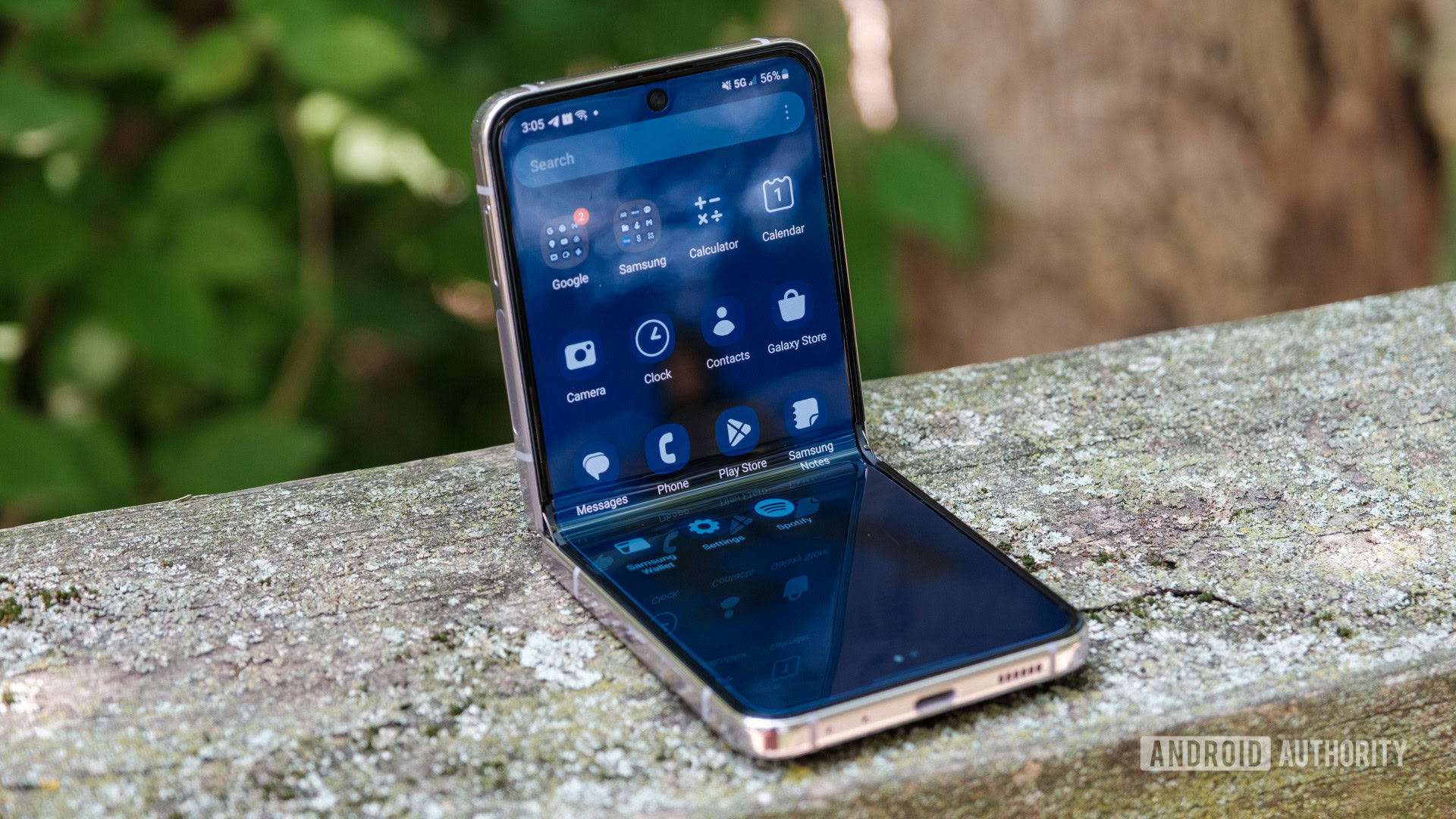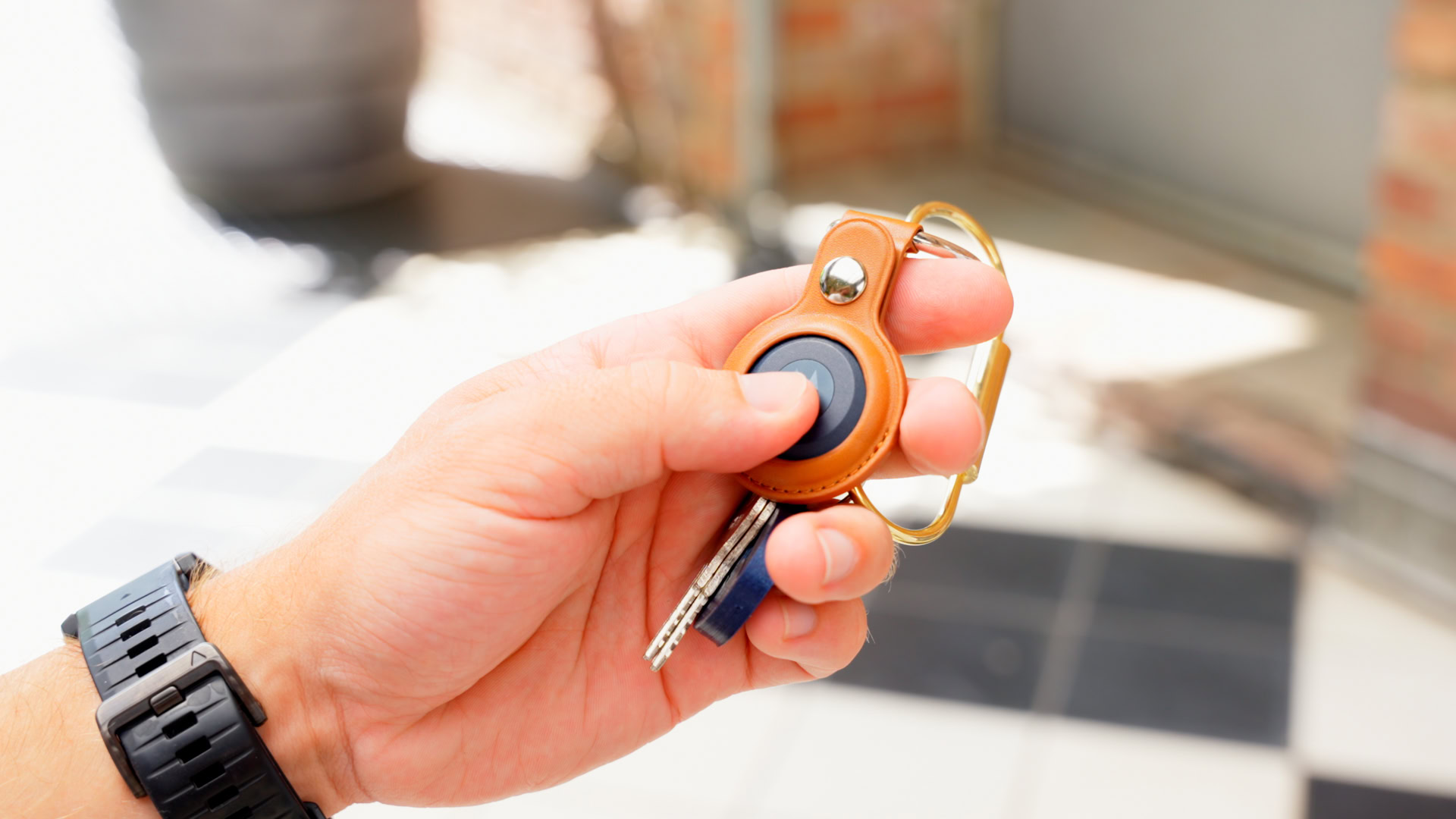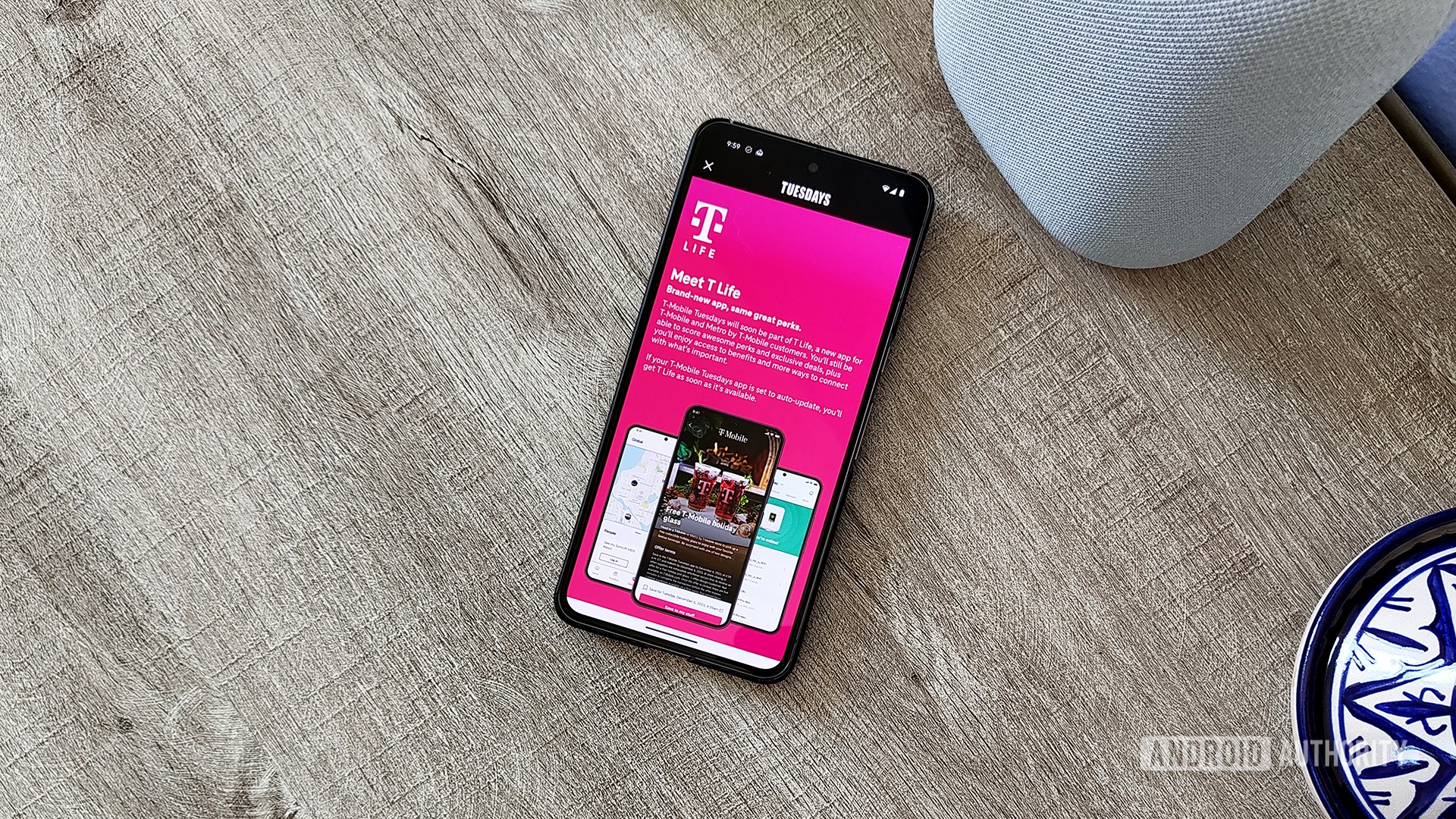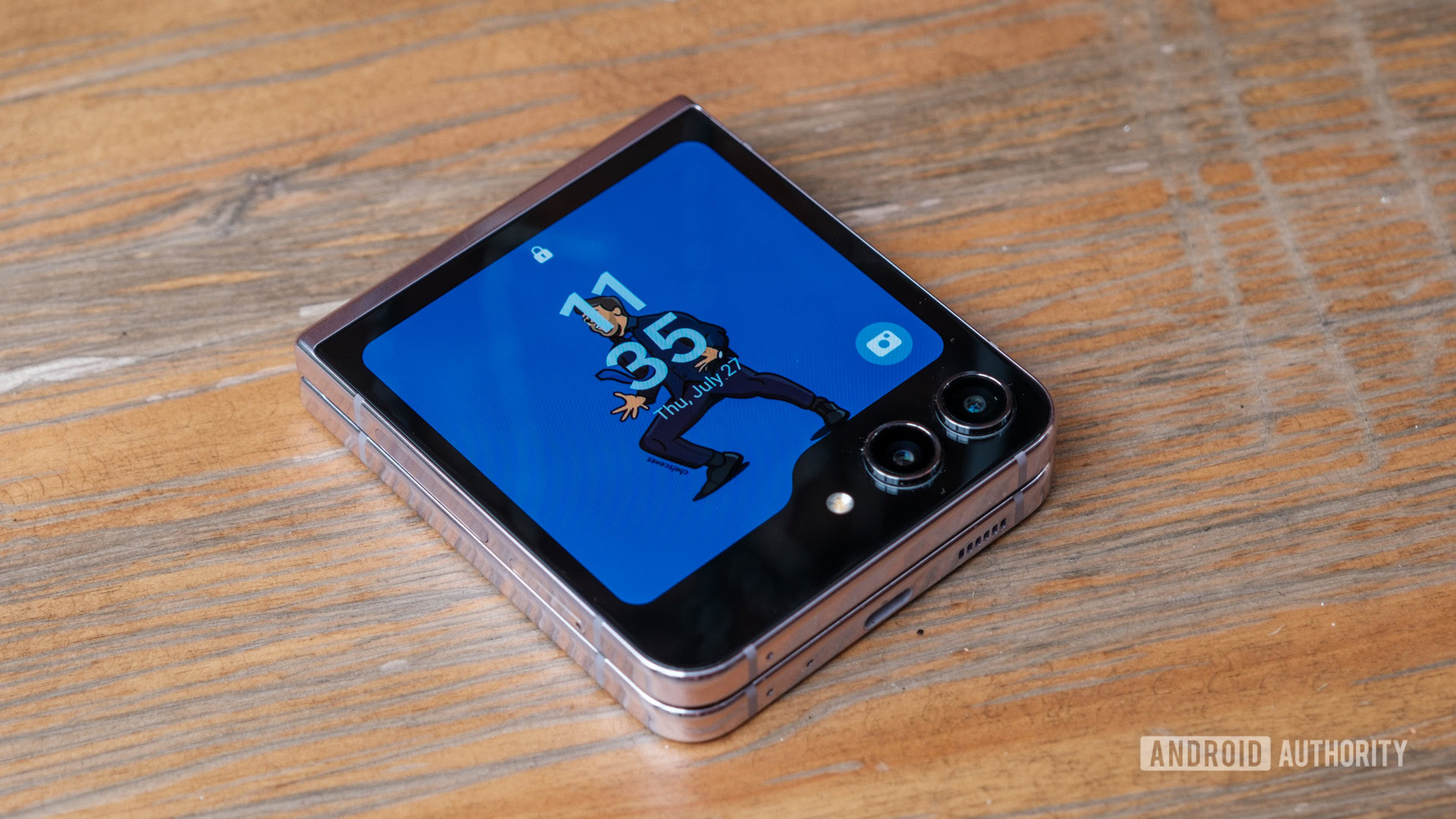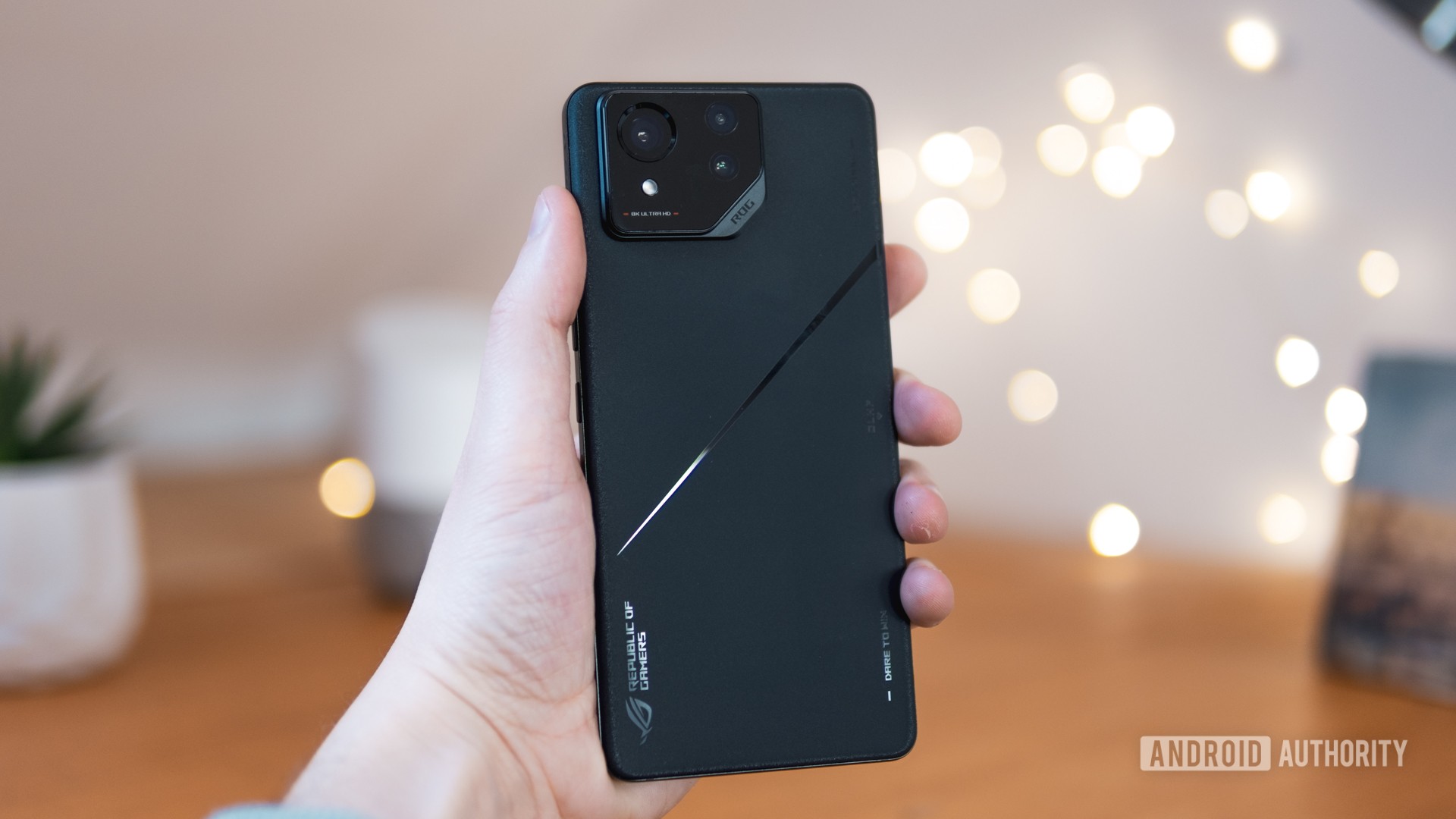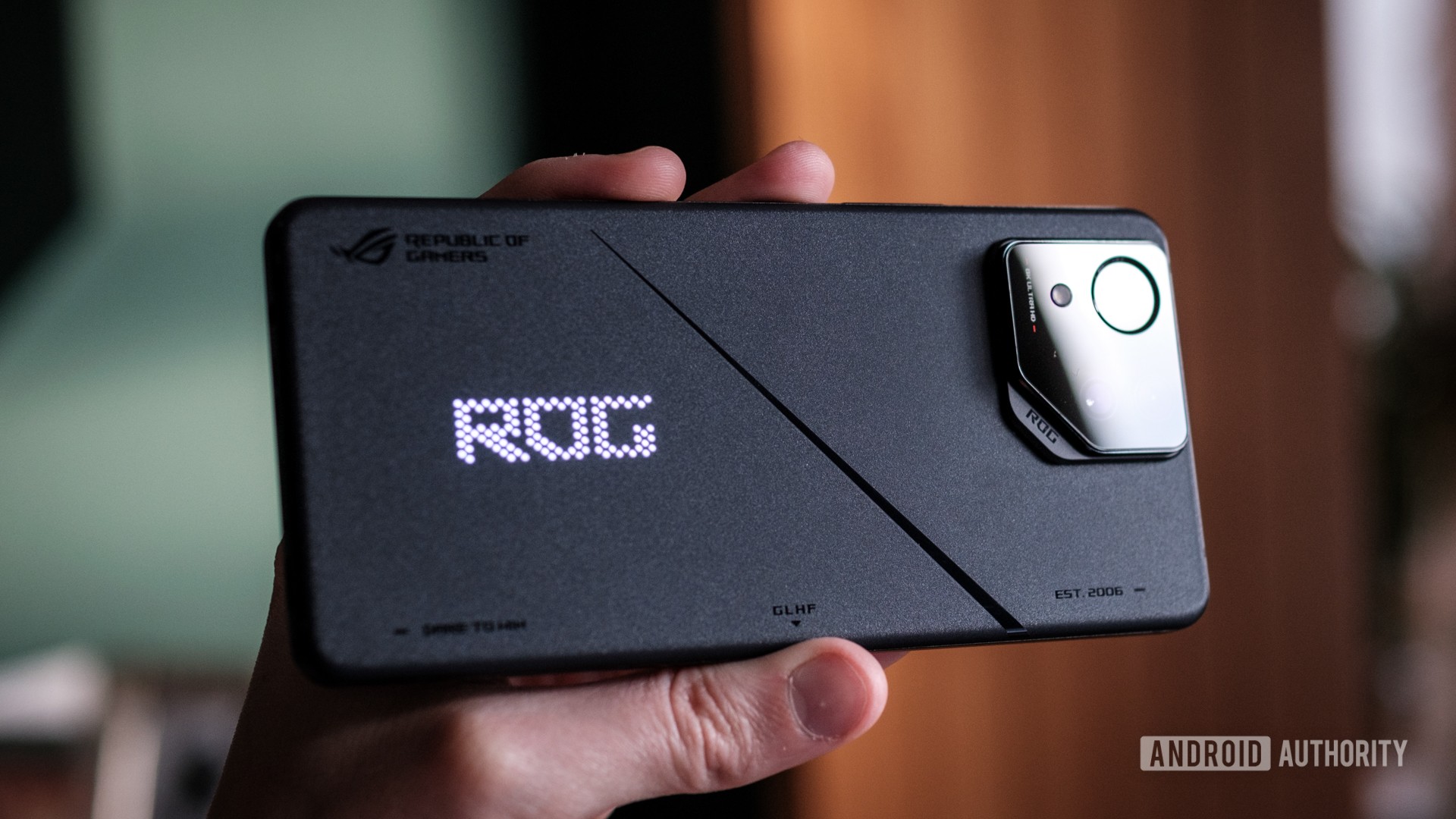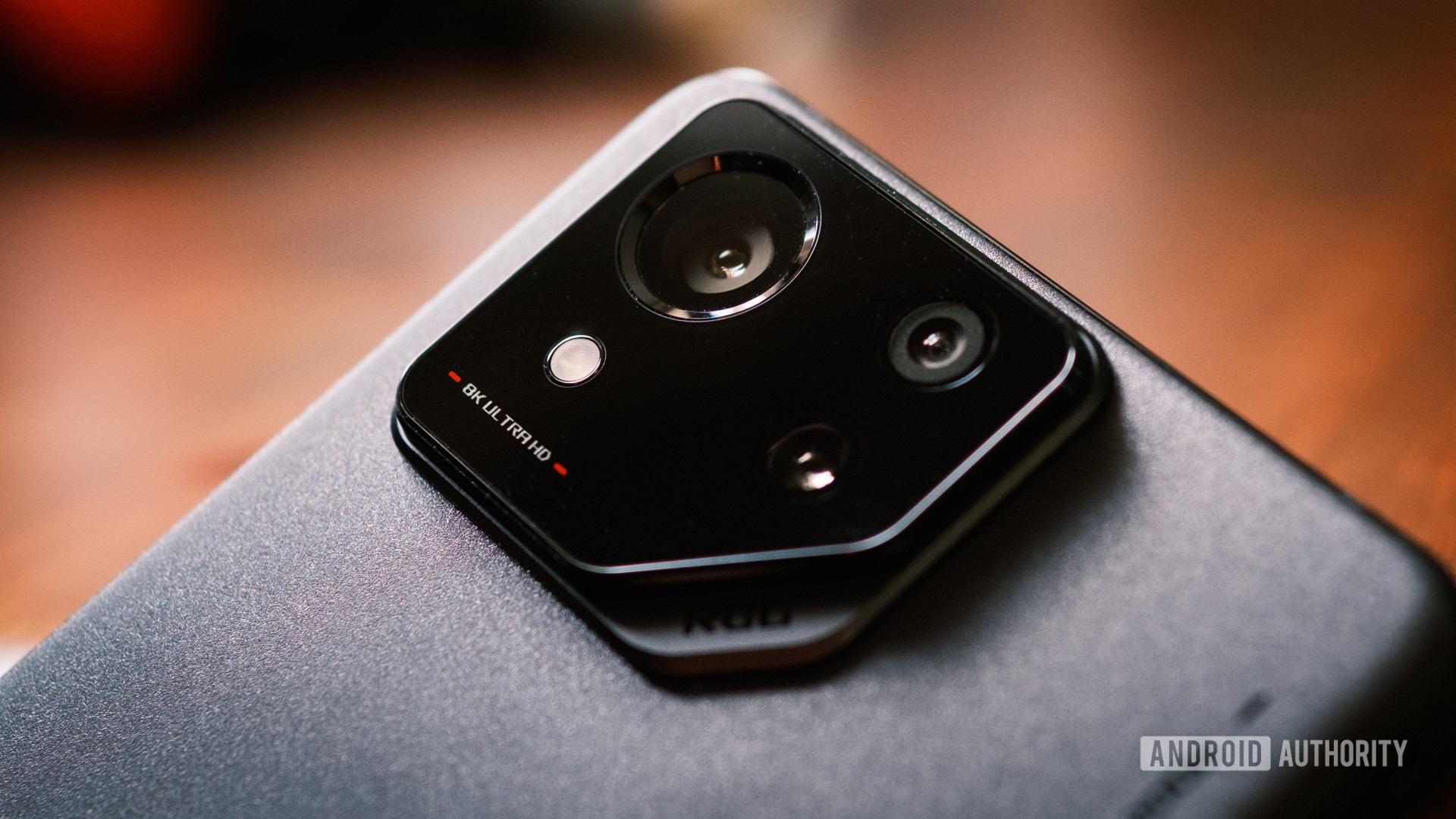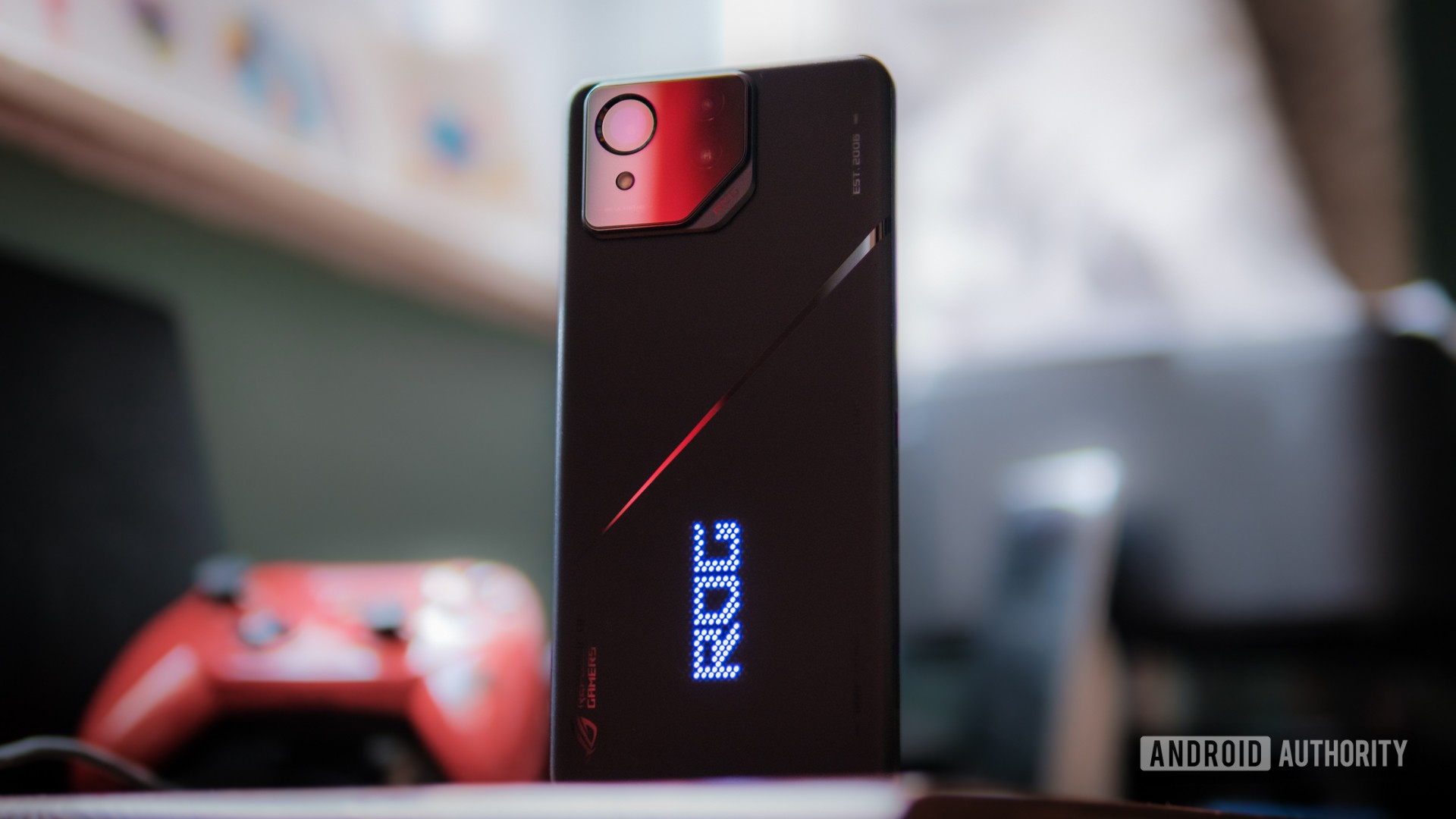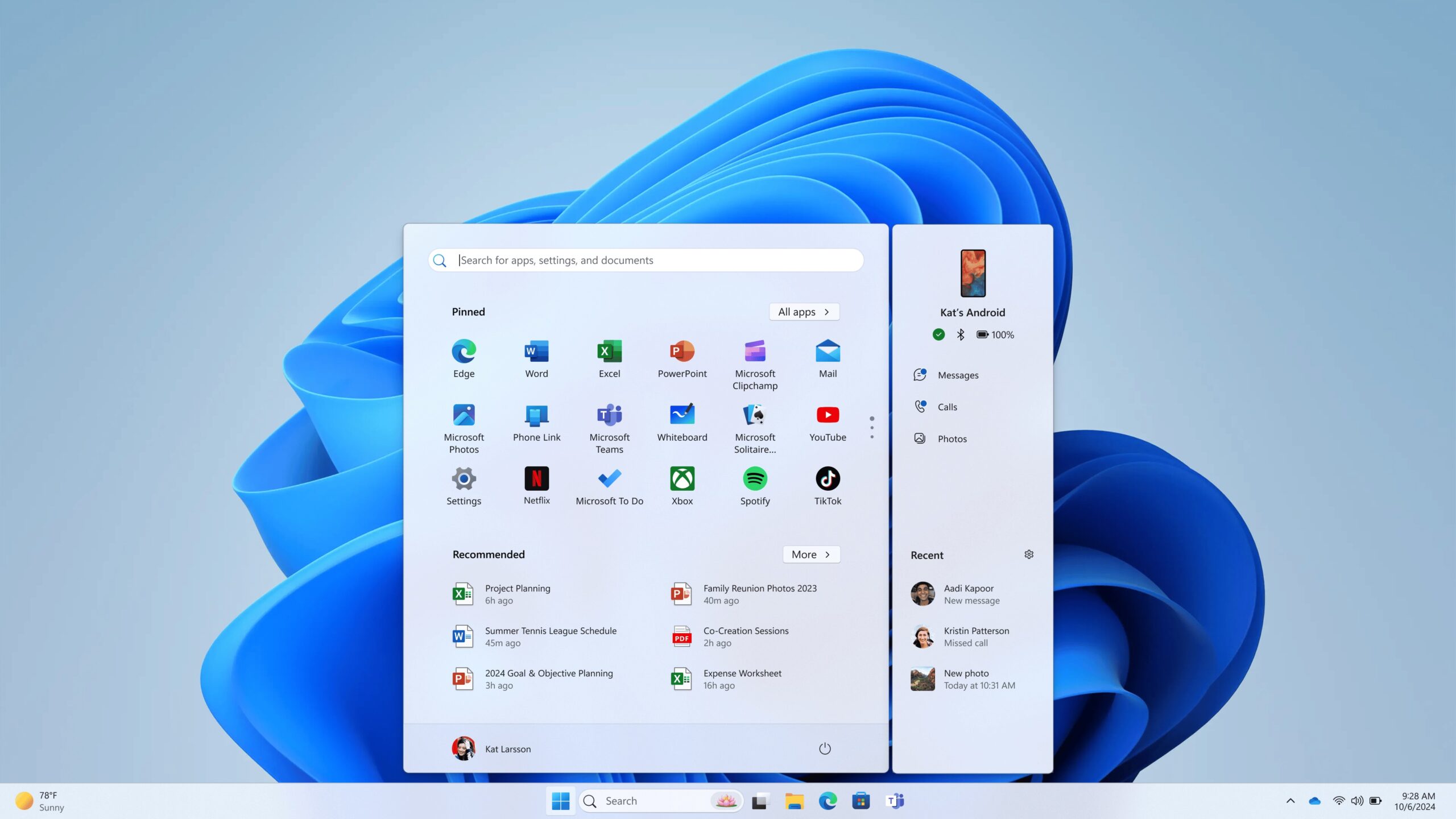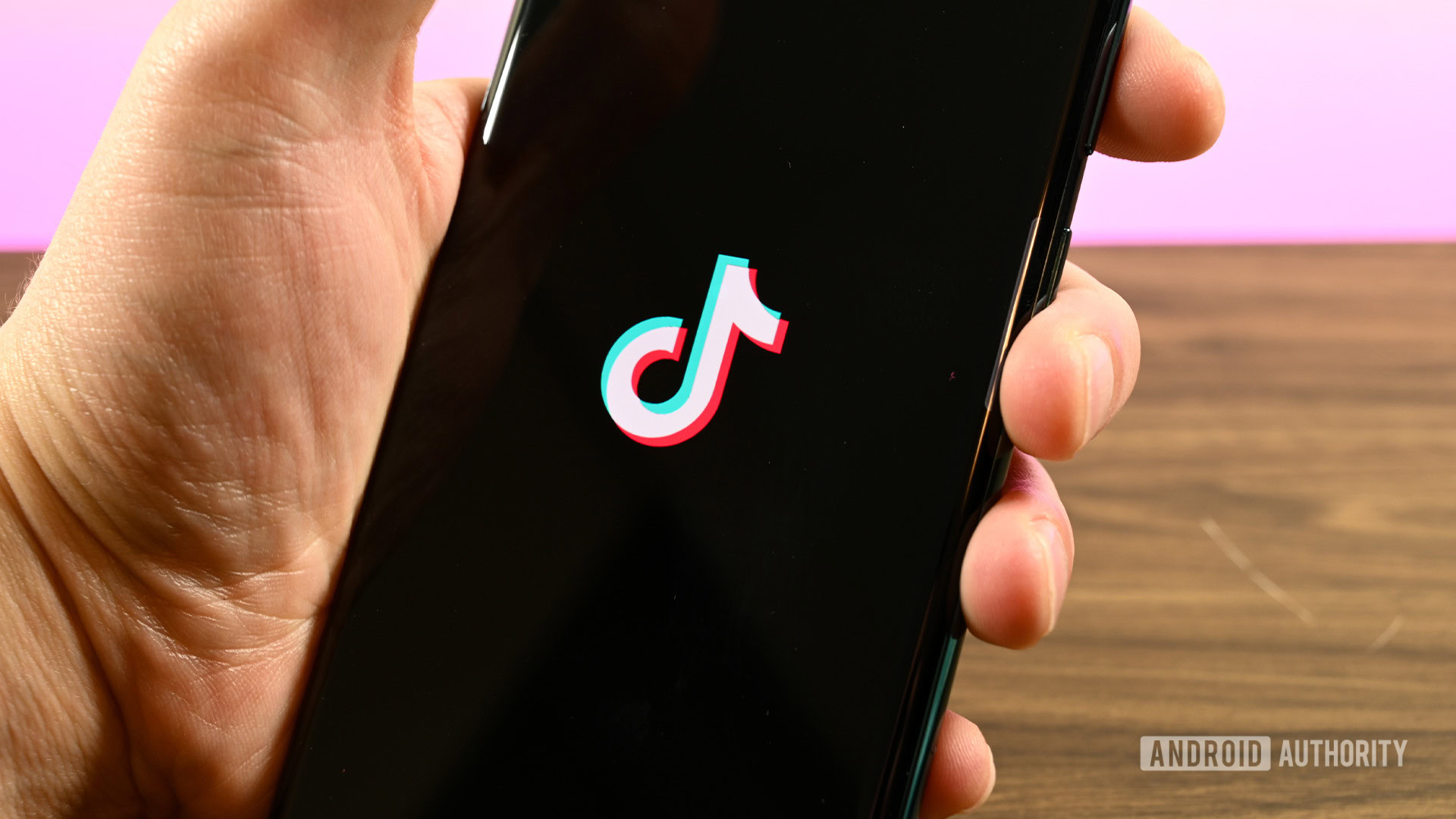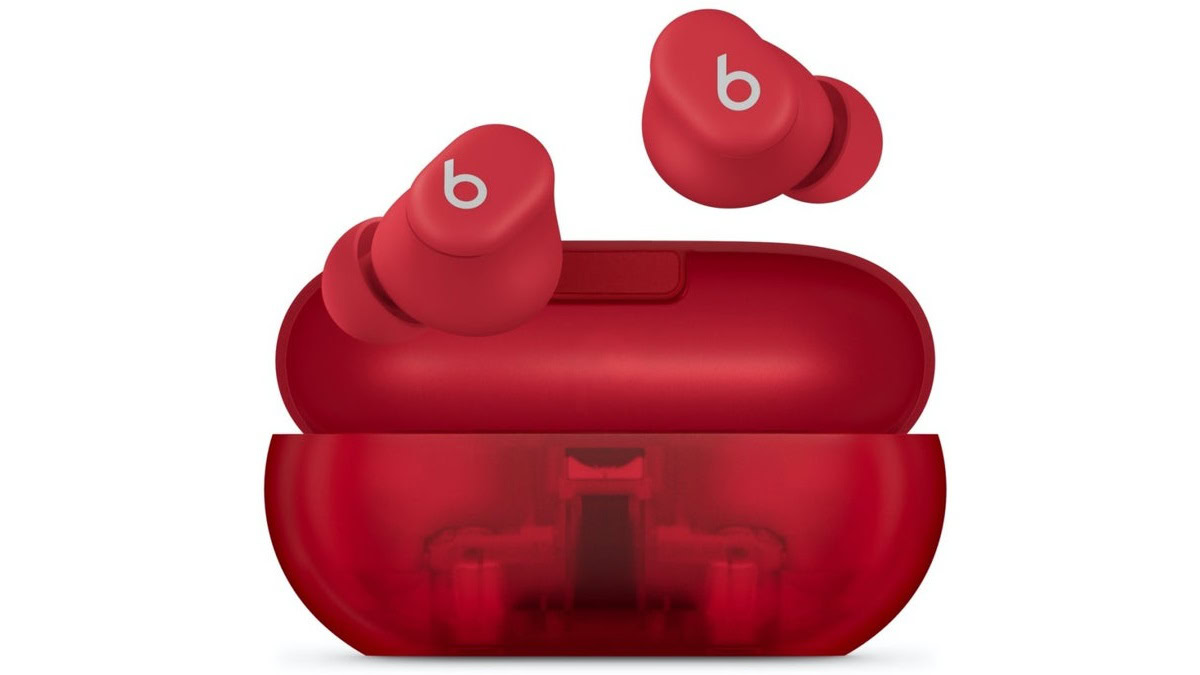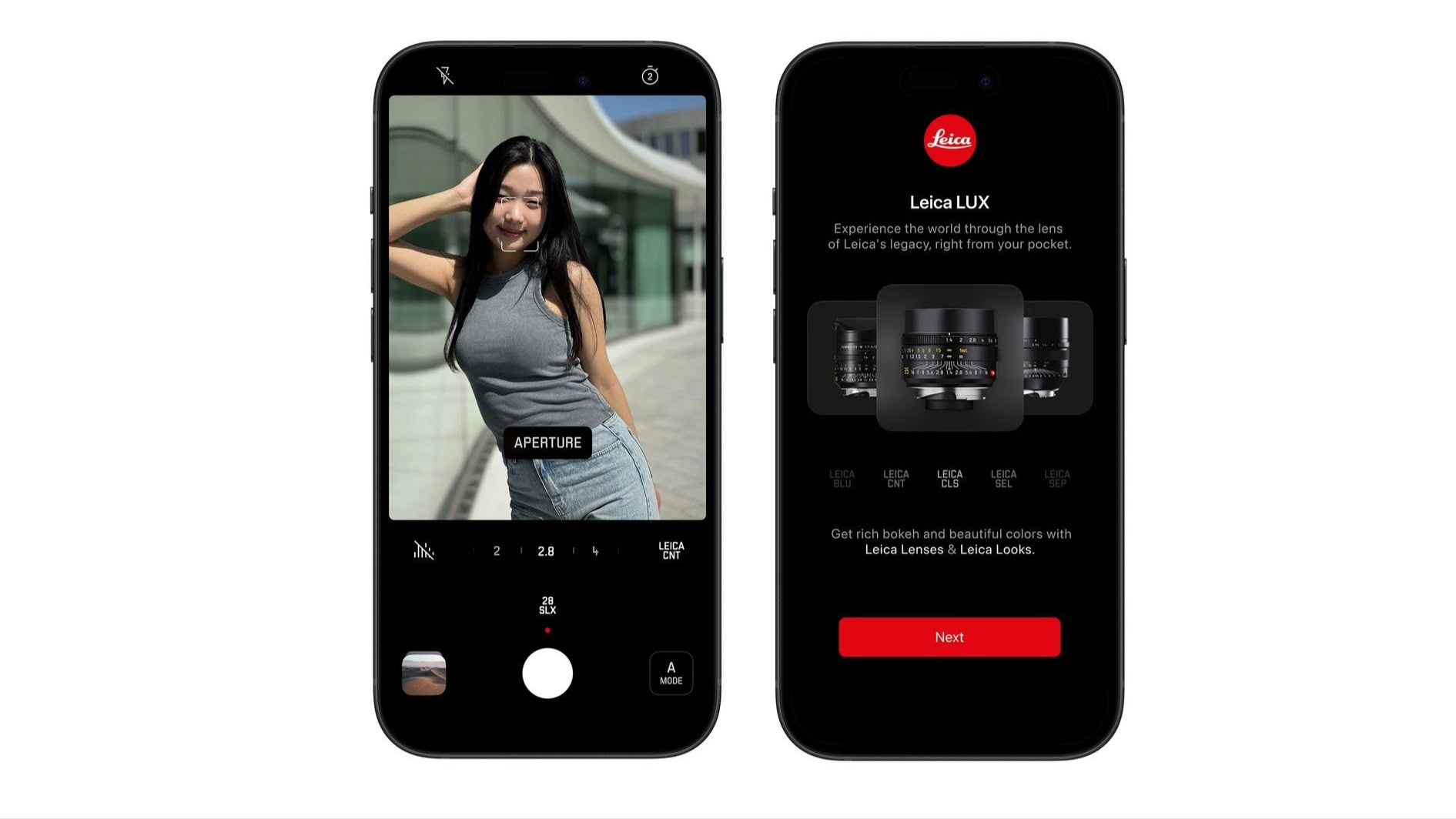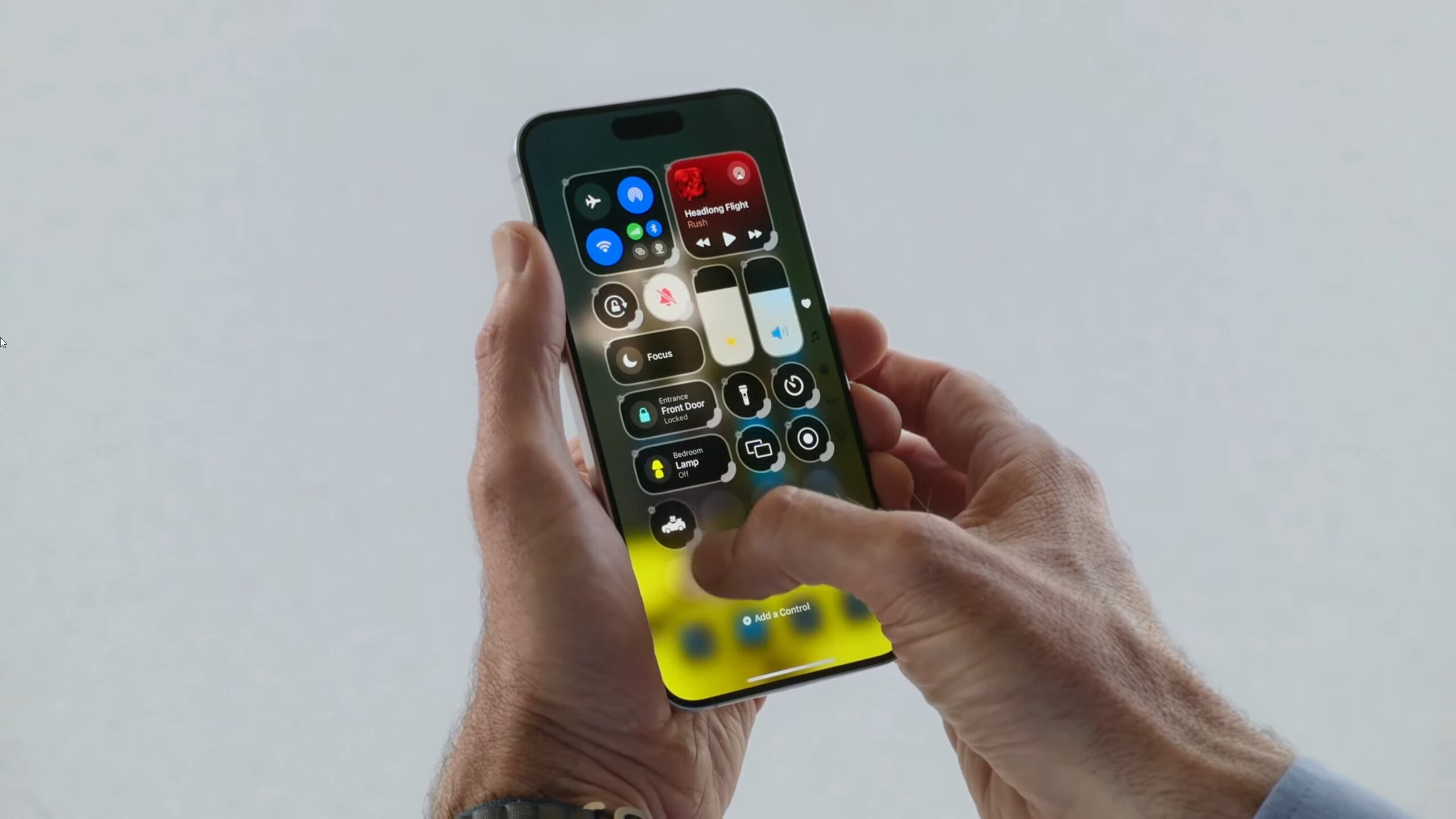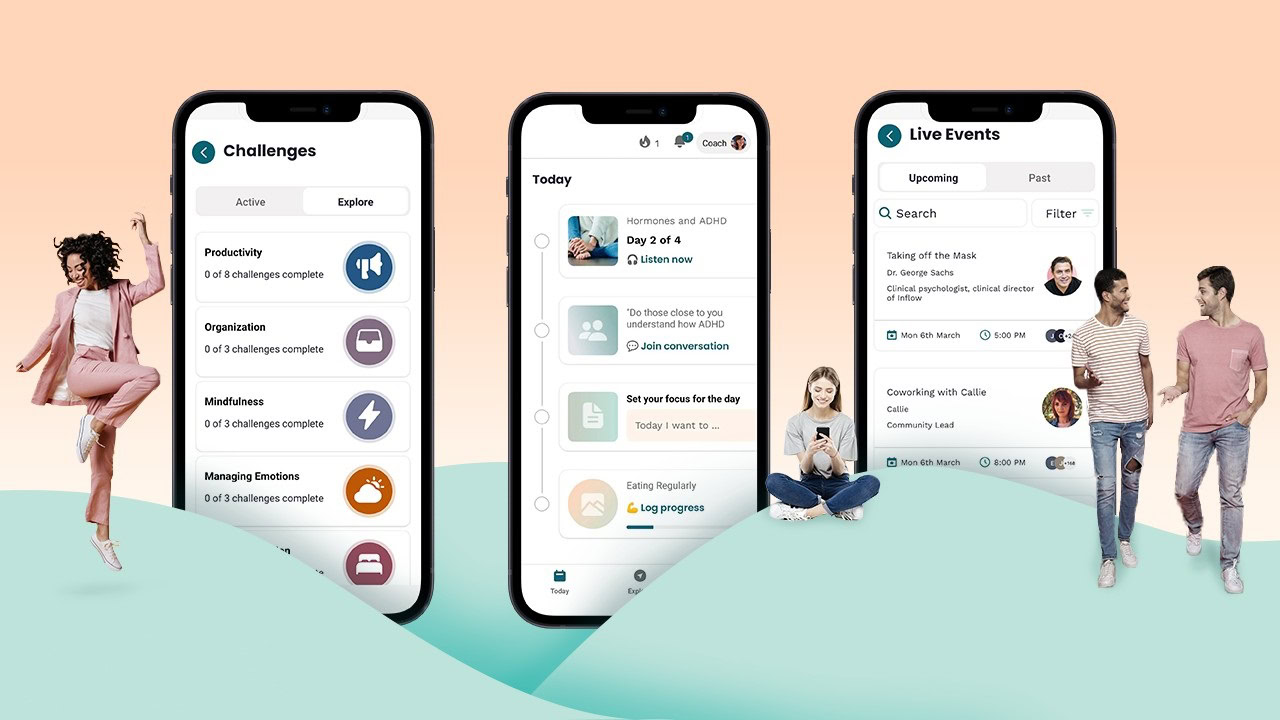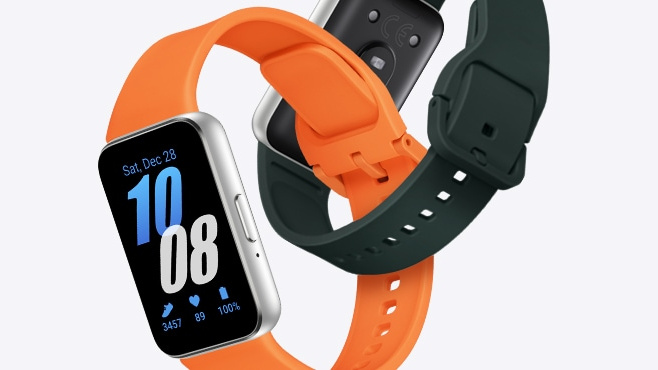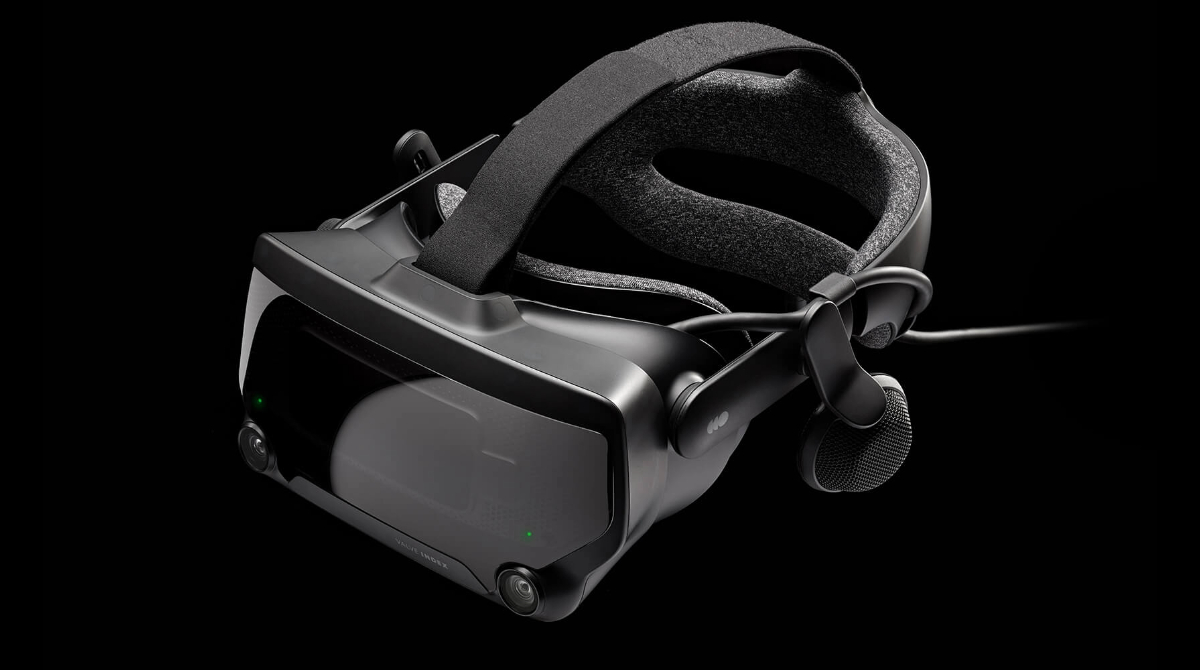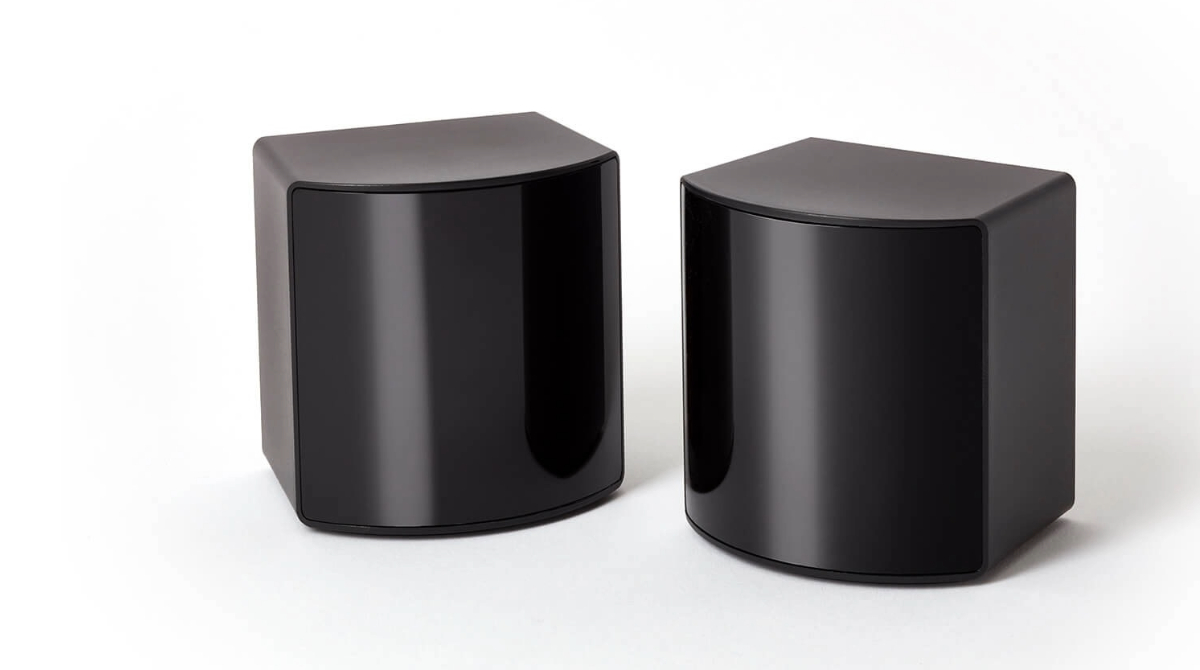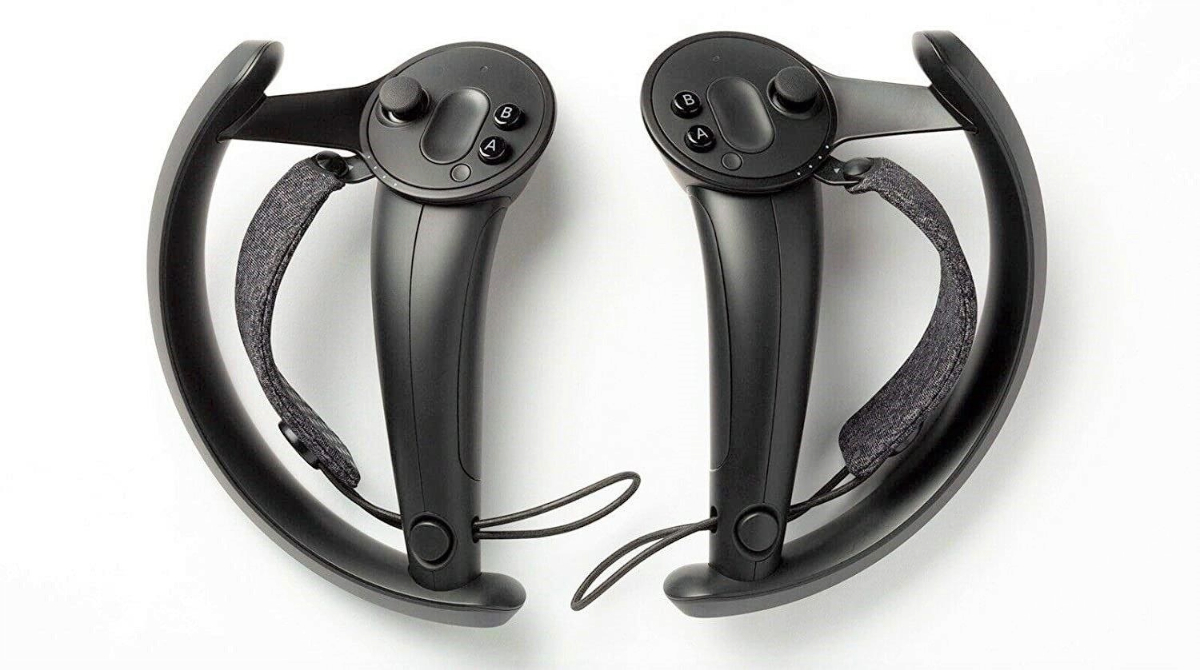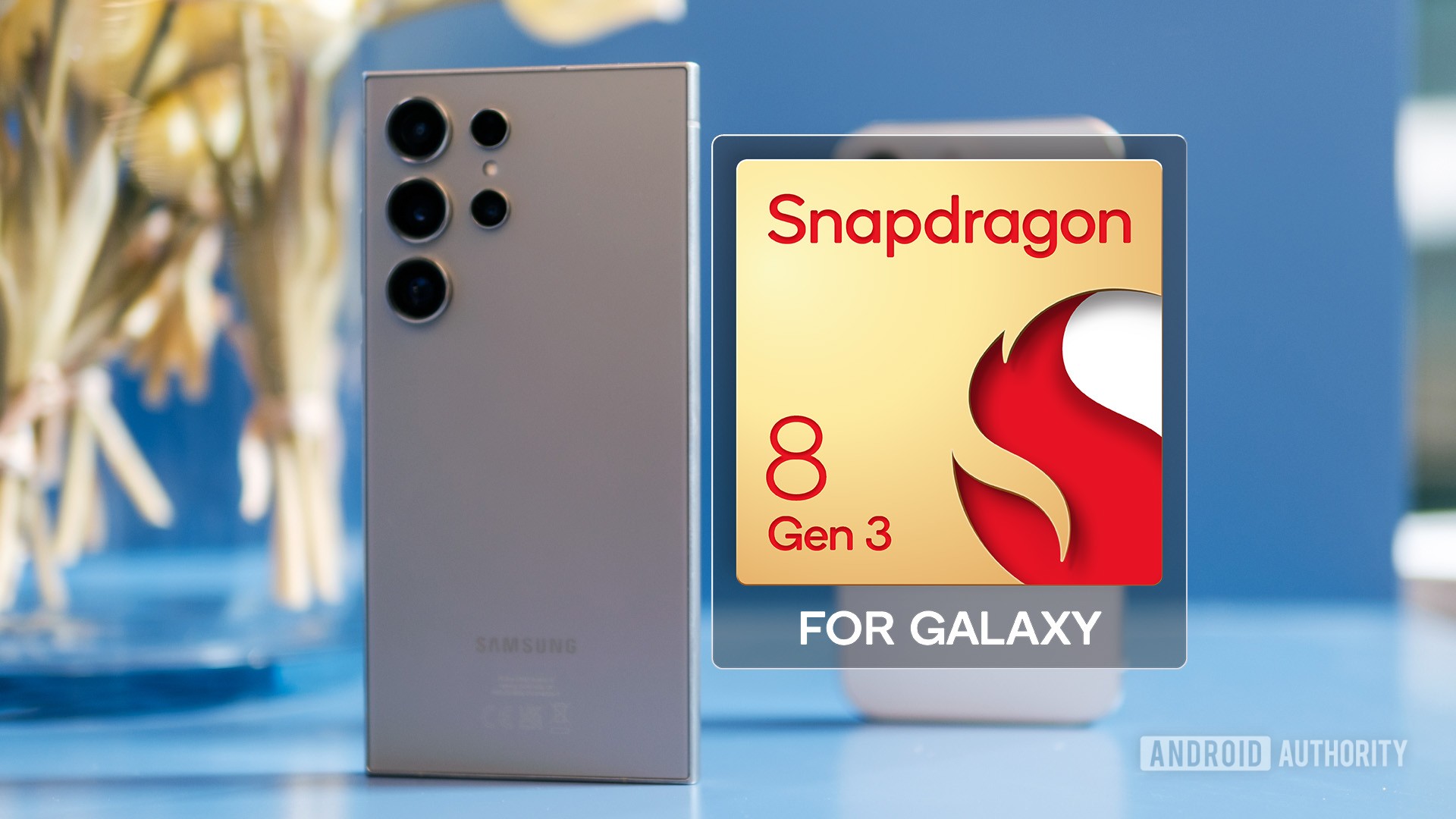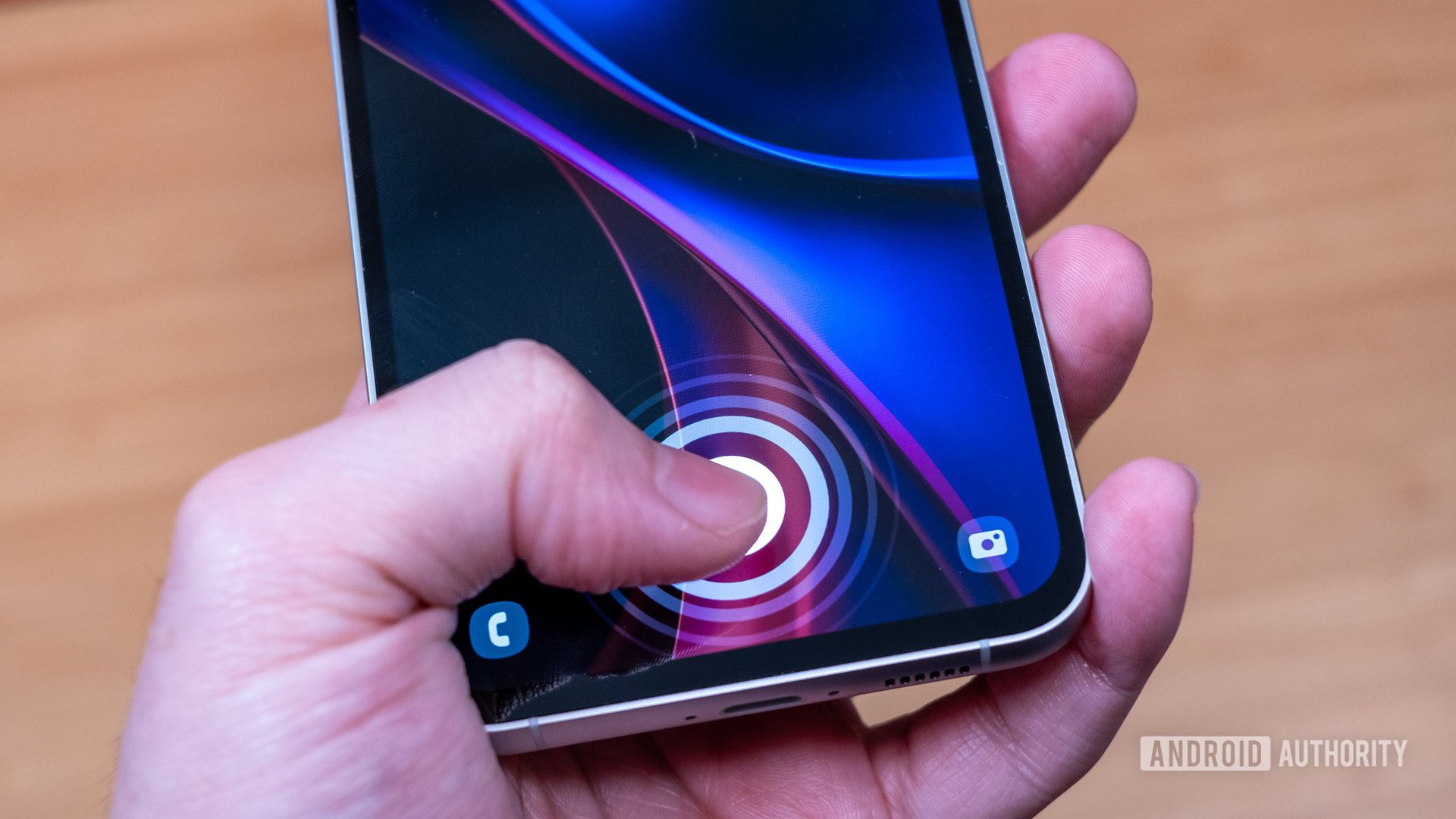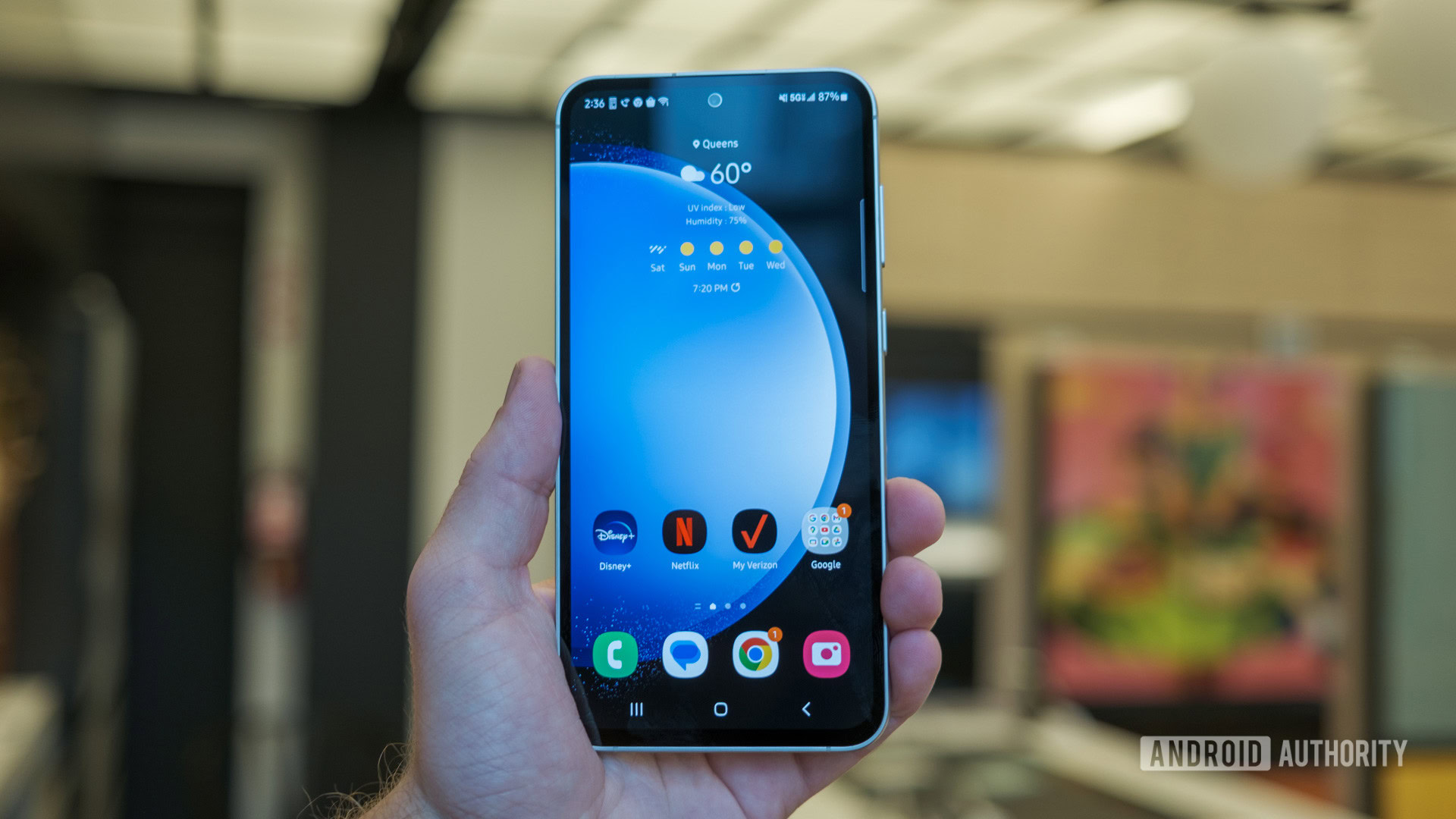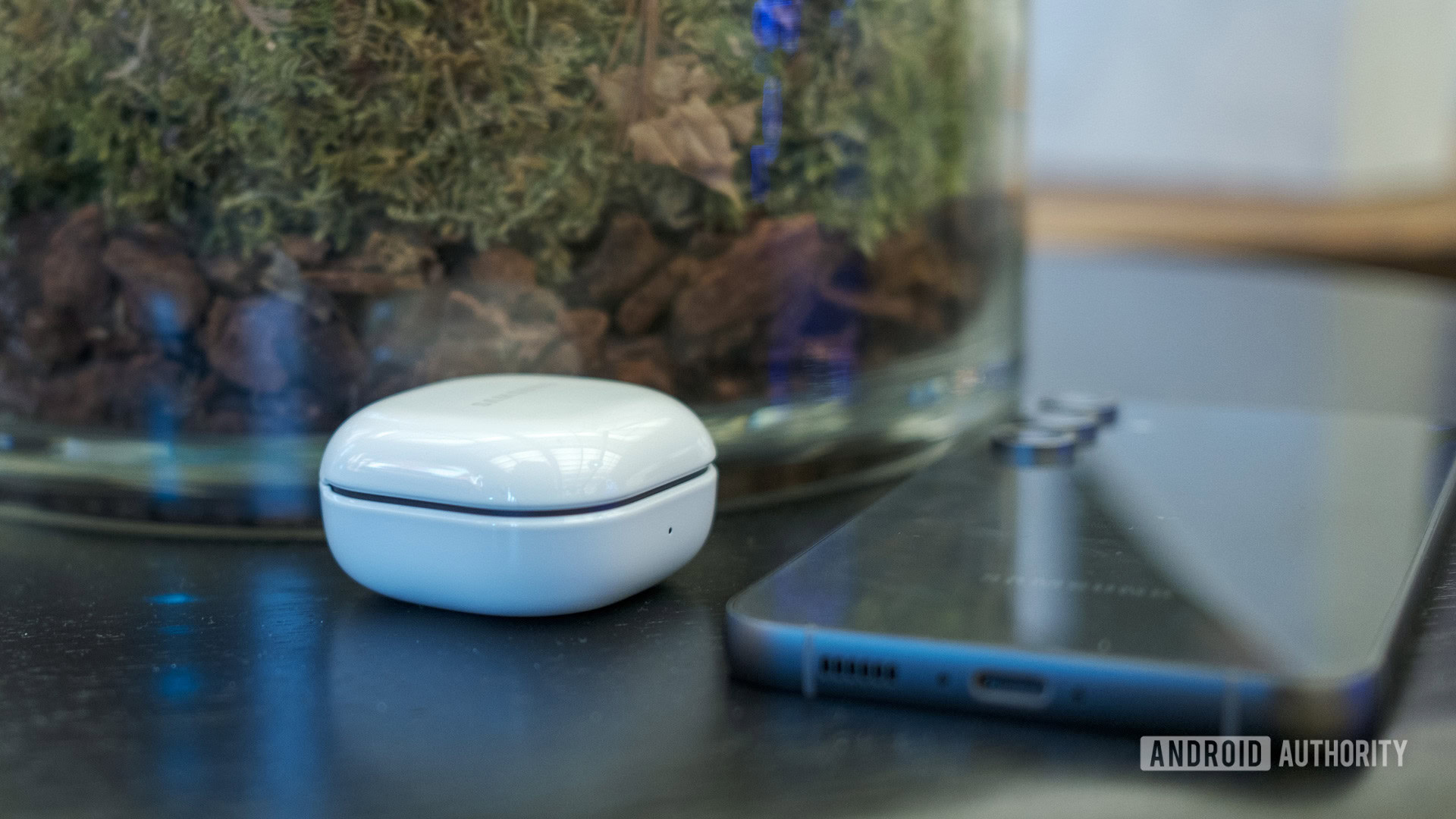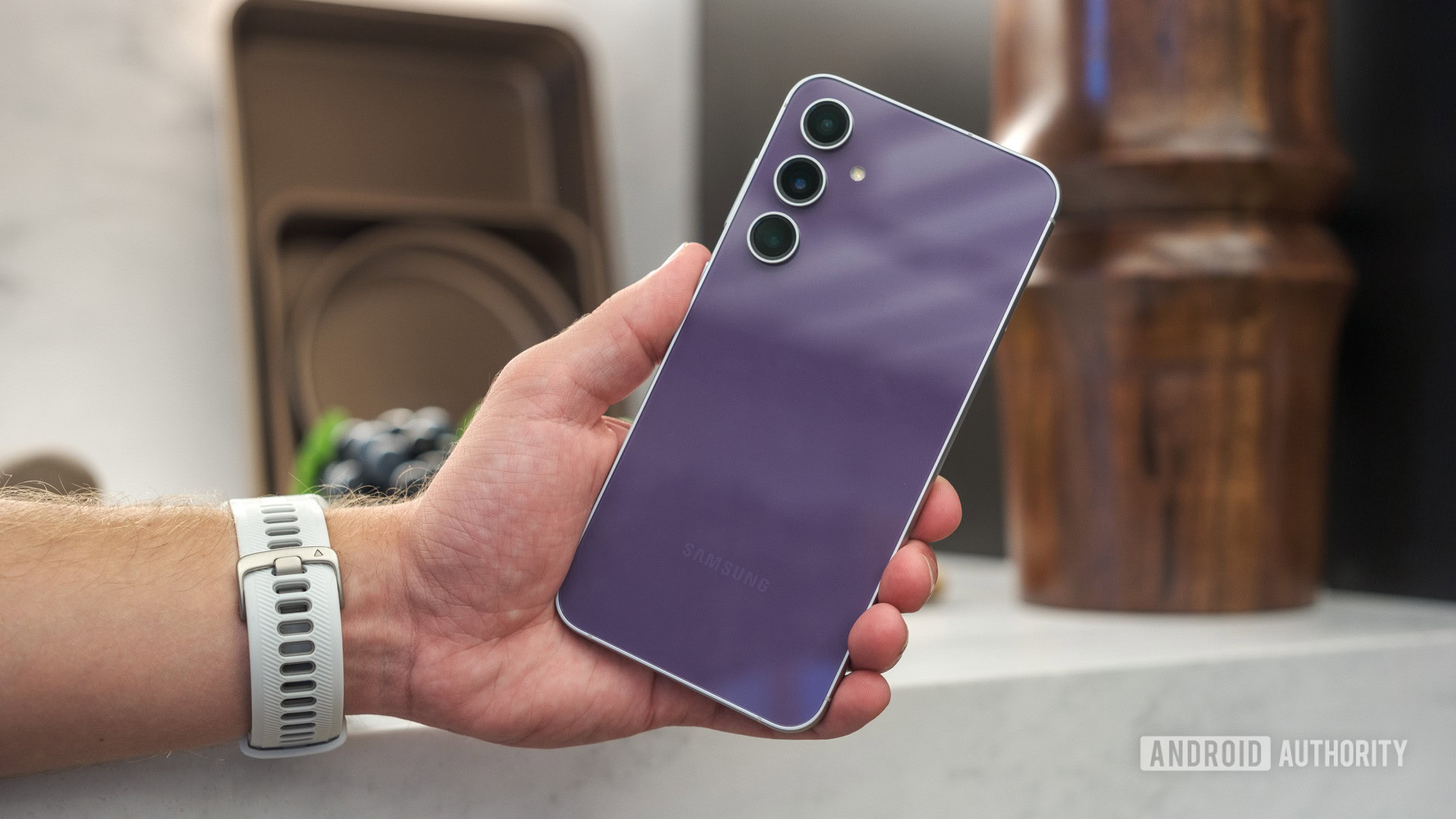Update: August 2, 2024 (5 PM ET): We’ve updated our Pixel Watch 3 rumor hub with the latest leaks, including official promo material, expected US pricing, and information on every type and color of band that will be available.
Original article: Google got off to a slightly rocky start when it released its first smartwatch in 2022, but it didn’t take the company long to find its way. While the Google Pixel Watch 2 remains a great watch, it’s only a matter of time before a successor arrives. Below we discuss all the Google Pixel Watch 3 rumors we know so far, as well as changes we hope to see from the next-gen watch.
Will there be a Google Pixel Watch 3?
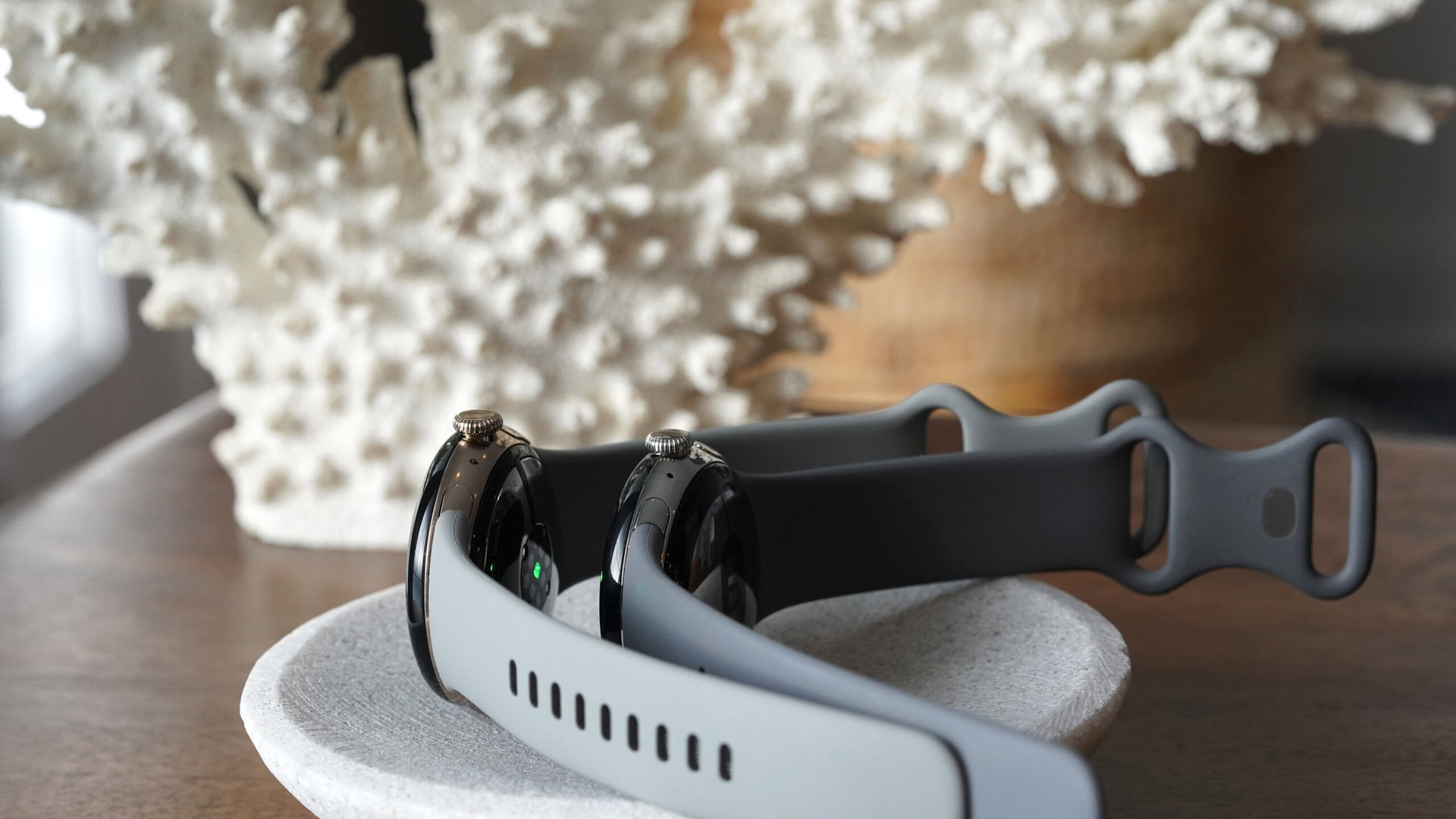
Credit: Kaitlyn Cimino / Android Authority
It’ll be a little while before Google officially confirms its plans for a successor, but there will definitely be another Pixel Watch. The company has invested heavily in wearables with its acquisition of Fitbit, and it’s clear it has big ambitions for its in-house watch. Lending even further support to this notion, there are already a few rumors about the Pixel Watch 3. While we still don’t know a ton about it, rumors suggest it will look very similar to its predecessor, though it will allegedly come in two sizes this time around. This would be a welcome change for those who prefer more options.
What is the most likely Google Pixel Watch 3 release date?
- Google Pixel Watch — October 13, 2022
- Google Pixel Watch 2 — October 12, 2023
Although there have only been two releases so far, the Pixel Watch has thus far always launched alongside the Pixel series in October. However, this year, the Pixel 9 series is launching on August 13, so we expect the Pixel Watch 3 to make an appearance at this event too.
What will the Google Pixel Watch 3 look like?
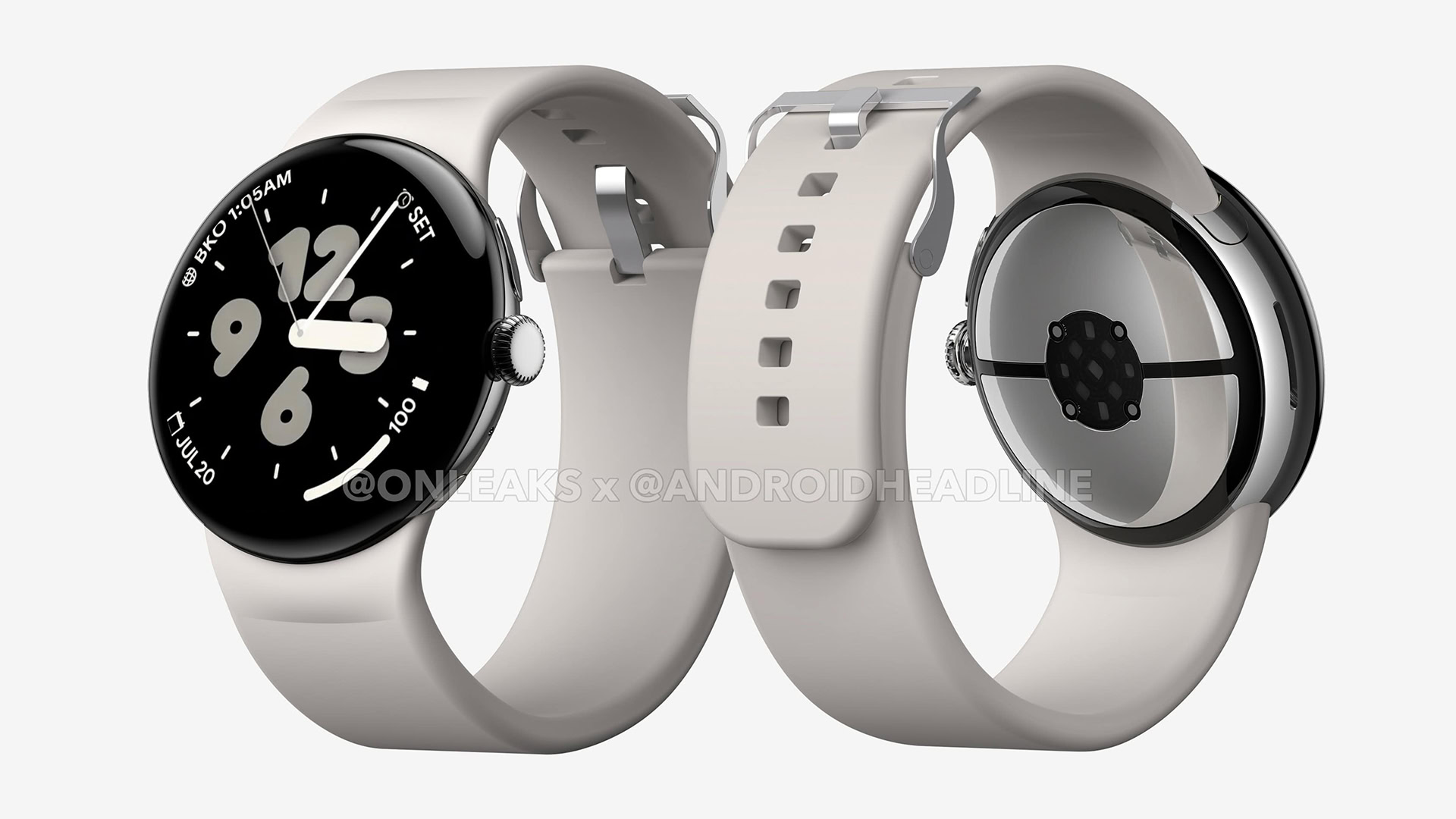
Recently leaked renders have finally given us a closer look at the Pixel Watch 3 design. If you were hoping for something new, the next watch looks virtually identical to what came before it. There’s the same 1.2-inch display and rotating crown, though the body is slightly thicker now as a result of the slight battery increase and likely due to the addition of new components like UWB.
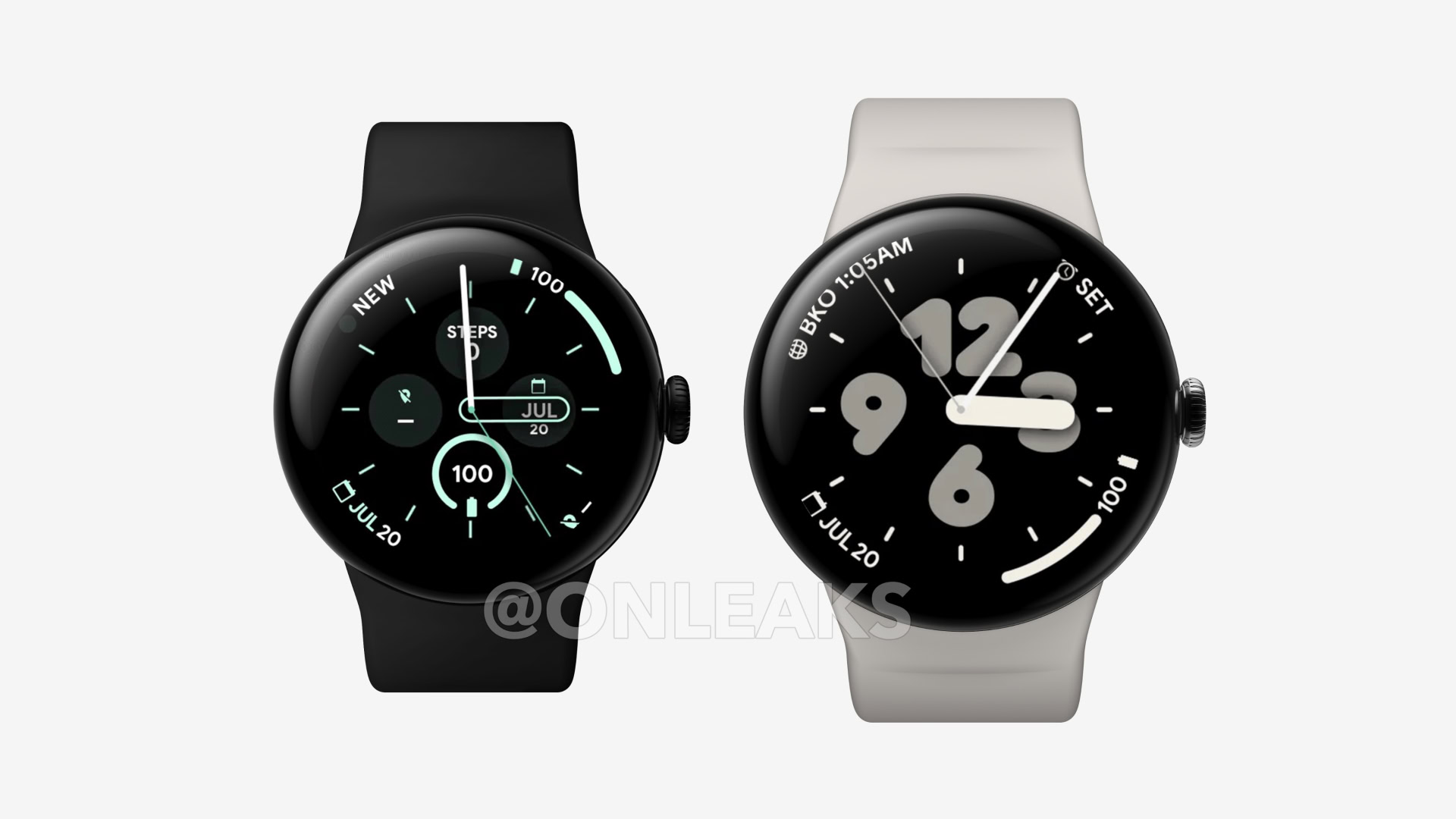
Initial reports claimed that the Pixel Watch 3 may measure 40.79 x 40.73 x 14mm, versus the Pixel Watch 2‘s body size of 41 x 41 x 12.3mm. However, we eventually learned that Google is making a second, bigger model. There will still be the same 41mm variant as always, but the bigger model is said to have a 1.45-inch screen and a 45mm dial. Though Google has yet to confirm it, rumors claim the bigger model will go by the name Pixel Watch 3 XL.
One thing that sticks out with the Pixel Watch’s design is the massive bezels. But thankfully, Google will be reducing the size of these bezels in the third iteration. According to our own sources, both models of the Pixel Watch 3 will feature 4.5mm bezels. In comparison, the Pixel Watch 2 had 5.5mm bezels. In the graphic below, you can see how much of an upgrade this will be.
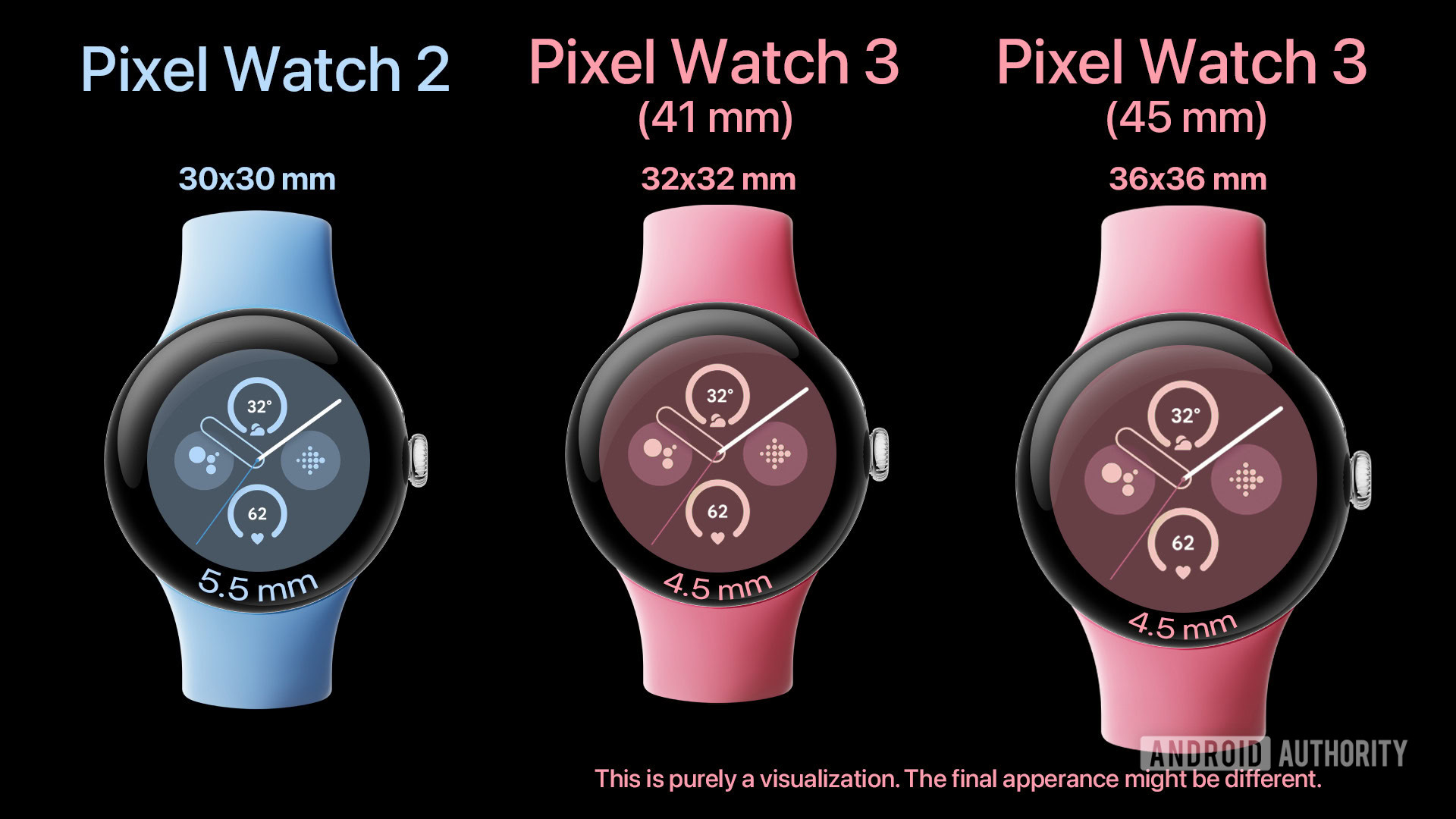
Credit: Android Authority composite/Google
Staying on the subject of the screen, we’re hearing that both models will sport a peak brightness of 2,000 nits. This bumps the total nits up by 1,000 compared to the last generation. We’ve compiled all the display specs we have so far below:
| Pixel Watch 2 - codename eos/aurora | Pixel Watch 3 (41 mm) - codename selene/helios | Pixel Watch 3 (45 mm) - codename luna/sol |
| Display size | 30x30 mm | 32x32 mm | 36x36 mm |
| Bezel width | 5.5 mm | 4.5 mm | 4.5 mm |
| Screen resolution | 384x384 px | 408x408 px | 456x456 px |
| Brightness (declared) | 1,000 nits | 2,000 nits | 2,000 nits |
As for colors, you’ll have a couple of options to choose from. You can see these options included in the table below.
| Pixel Watch 2 | Pixel Watch 3 (41 mm) | Pixel Watch 3 (45 mm) |
| Silver case / Bay band | Silver case / Rose Quartz | Hazel case / Hazel band |
| Black case / Obsidian band | Black case / Obsidian band | Black case / Obsidian band |
| Gold case / Hazel band | Gold case / Hazel band | - |
| Silver case / Porcelain band | Silver case / Porcelain band | Silver case / Porcelain band |
In late July, a leak corroborated the case colors and bands we reported in the table above. However, that leak went a step further by revealing every band that will be available for Google’s next smartwatch. These bands include:
- Active band: Obsidian, Porcelain, Hazel, Rose Quartz (41mm only)
- Active sport band: Obsidian, Porcelain, Hazel, Coral, Moondust, Wintergreen
- Woven band: Ivy, Porcelain, Lemongrass, Peony, Bay (41mm only), Sage (41mm only)
- Stretch band (41mm only): Obsidian, Porcelain, Bay, Sage, Wintergreen, Rose Quartz
- Metal mesh band (41mm only): Matte Black, Champagne Gold, Polished Silver
- Metal links band: Matte Black and Brushed Silver
- Metal slim band (41mm only): Matte Black, Champagne Gold, Brushed Silver
- Two-tone leather band (41mm only): Charcoal, Porcelain, Bay
- Crafted leather band: Obsidian and Moondust
- Performance loop band: Obsidian, Porcelain, Peony, Wintergreen
Apparently, the 45mm model will miss out on the metal mesh band, stretch band, metal slim band, and two-tone leather band. It’s also mentioned that the new performance band has been delayed until the end of October.
What rumored specs and features could the Google Pixel Watch 3 have?
There have been a few rumors and leaks about the Pixel Watch 3, including our own original reporting. Let us dive into everything we know about actual hardware and software changes.
More than one report suggests the Pixel Watch 3 will include an ultra-wideband (UWB) chip for short-range communication and location tracking. If you remember, UWB was also rumored to be in the Pixel Watch 2, but it was removed at the last minute. However, a source inside Google confirmed to Android Authority that it will indeed be in the Pixel Watch 3. Moreover, UWB support was recently spotted in FCC listings as well.
We still don’t have any information on how Google plans to use the technology, but we can speculate. One of the more obvious use cases would be precise device finding. As we recently reported, Google might be working on adding UWB support to the Find My Device app. Another possibility could be unlocking your car using Digital Car Key, which is already supported by BMW, Hyundai, and Kia, and many other manufacturers. Additionally, it may even be used to unlock the device, as indicated by teardown of the Play Services app.
The Pixel Watch 3 may also feature a slightly increased battery capacity. Before you get too excited, Android Headlines claims the new standard model will include a 307mAh battery, which is only 1mAh higher than its predecessor. However, our own report mentions a 310mAh battery, which still isn’t that much of a difference. The bigger model, on the other hand, is believed to have a 420mAh cell.
These increases alone won’t amount to drastically improved battery life; however, a more efficient SoC might do the trick. It’s believed that the Watch 3 will use a Qualcomm Snapdragon W5 with a customer processor. This makes sense since Qualcomm has yet to make a W6 chip. Maybe someday we’ll see an in-house Google chip hit the Pixel Watch too? Again, that’s all just speculation and definitely unlikely for the Pixel Watch 3, at least.
In the last few days, Android Headlines has leaked the official promo material for the Pixel Watch 3 series, confirming many of the rumors we have been hearing so far. It’s all but confirmed that the Pixel Watch 3 will be available in two sizes: a 41mm model, matching the current Pixel Watch 2, and a larger 45mm variant. The 41mm model will feature a 10% larger screen (presumably owing to the thinner bezels), while the 45mm variant is touting a “40% larger screen” compared to the Watch 2.
Both models will utilize Google’s “Actua” display technology, offering 2,000 nits of peak brightness, double that of the Pixel Watch 2. The leaked images also mention an “ultra-responsive” display, suggesting a potentially higher refresh rate. Battery life is expected to remain consistent with previous models, offering up to 24 hours with always-on display and 36 hours in Battery Saver Mode. The 41mm model claims 20% faster charging compared to the Pixel Watch 2, which is a welcome addition.
Software changes
Leaked images also reveal new software features for the Pixel Watch 3, such as Nest doorbell and camera feeds directly on the watch face, allowing for convenient real-time monitoring. Runners will benefit from creating custom runs, competing against previous workouts, and receiving live feedback on their form, cadence, and stride.
Existing features like controlling the phone’s camera and using Google Wallet for contactless payments will remain. A new “Morning Brief” feature will summarize key health and fitness data each morning. While the leak does not mention Gemini-based AI features, it’s likely that the Pixel Watch 3 will incorporate Google’s AI capabilities in some way.
What might the Google Pixel Watch 3 price be?
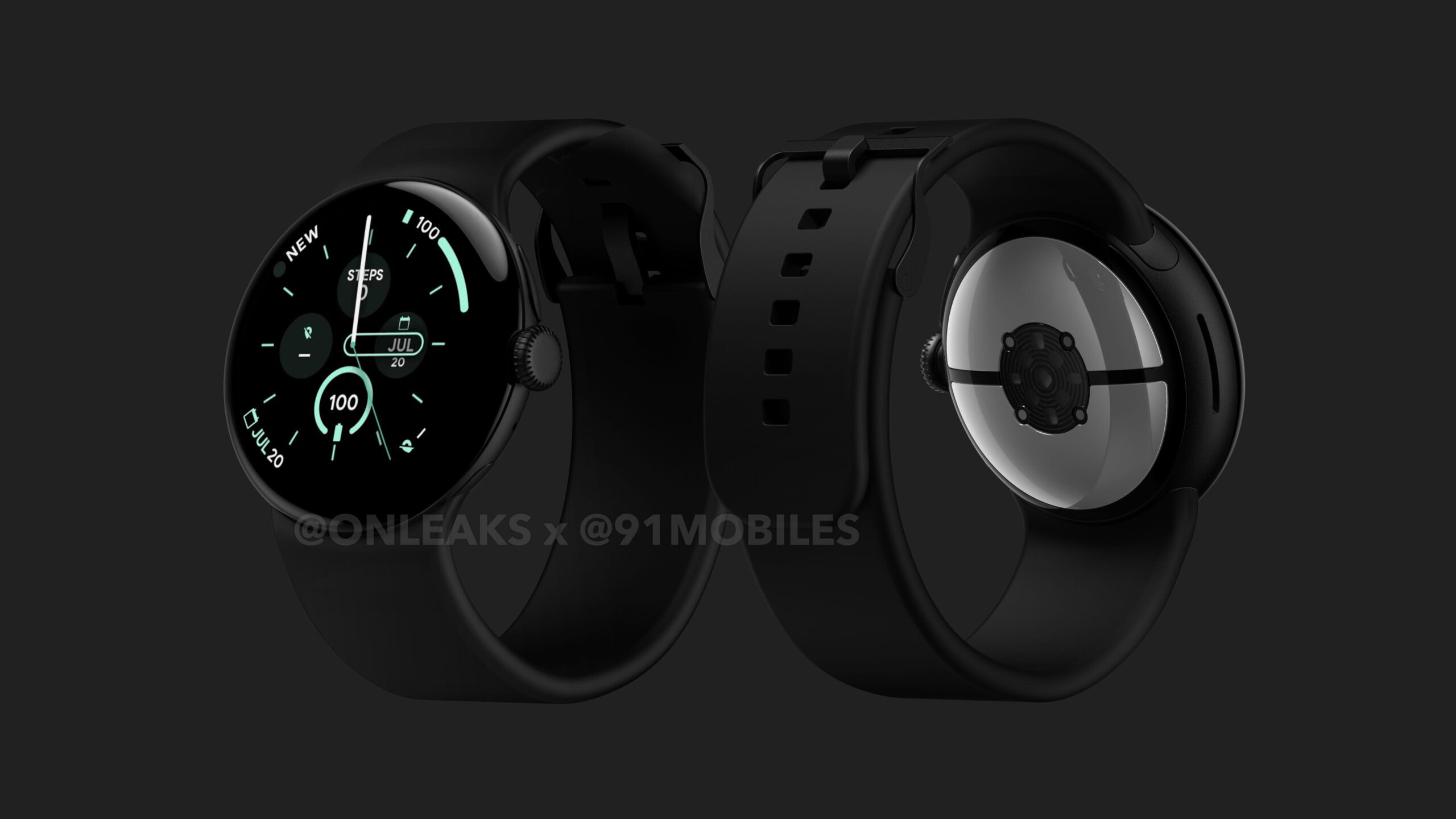
- Google Pixel Watch — $349
- Google Pixel Watch 2 — $349
The Pixel Watch series has cost $349 since the beginning, though the LTE variant is always slightly higher at $399. Despite recent price increases in the tech industry due to the current economic environment, we initially anticipated that the Pixel Watch 3 would maintain its usual pricing. After all, most watches of this caliber continue to hover around this price range.
There might be bad news, though. Our first price leaks came via French outlet Dealabs, and an increase could be on the cards for Europe. The outlet reported that the 41mm Pixel Watch 3 Wi-Fi model will set you back €399 (~$436), while the 45mm Wi-Fi model could cost €449 (~$491). Want cellular connectivity? Then these prices could increase to €499 (~$546) and €549 (~$601) respectively.
Thankfully, a more recent leak, courtesy of Android Headlines, did give us some good news about the Pixel Watch 3’s US pricing. The report suggests the 41mm Pixel Watch 3 will be priced at $349 for the WiFi-only model and $449 for the LTE model in the US. While the WiFi model’s price remains the same as last year’s, the LTE model’s price is a $50 bump over its predecessor. Google could be doing this to make space for the Pixel Watch 3 XL, which is said to be priced at $399 for the WiFi model and $499 for the LTE model.
Should you wait for the Google Pixel Watch 3?
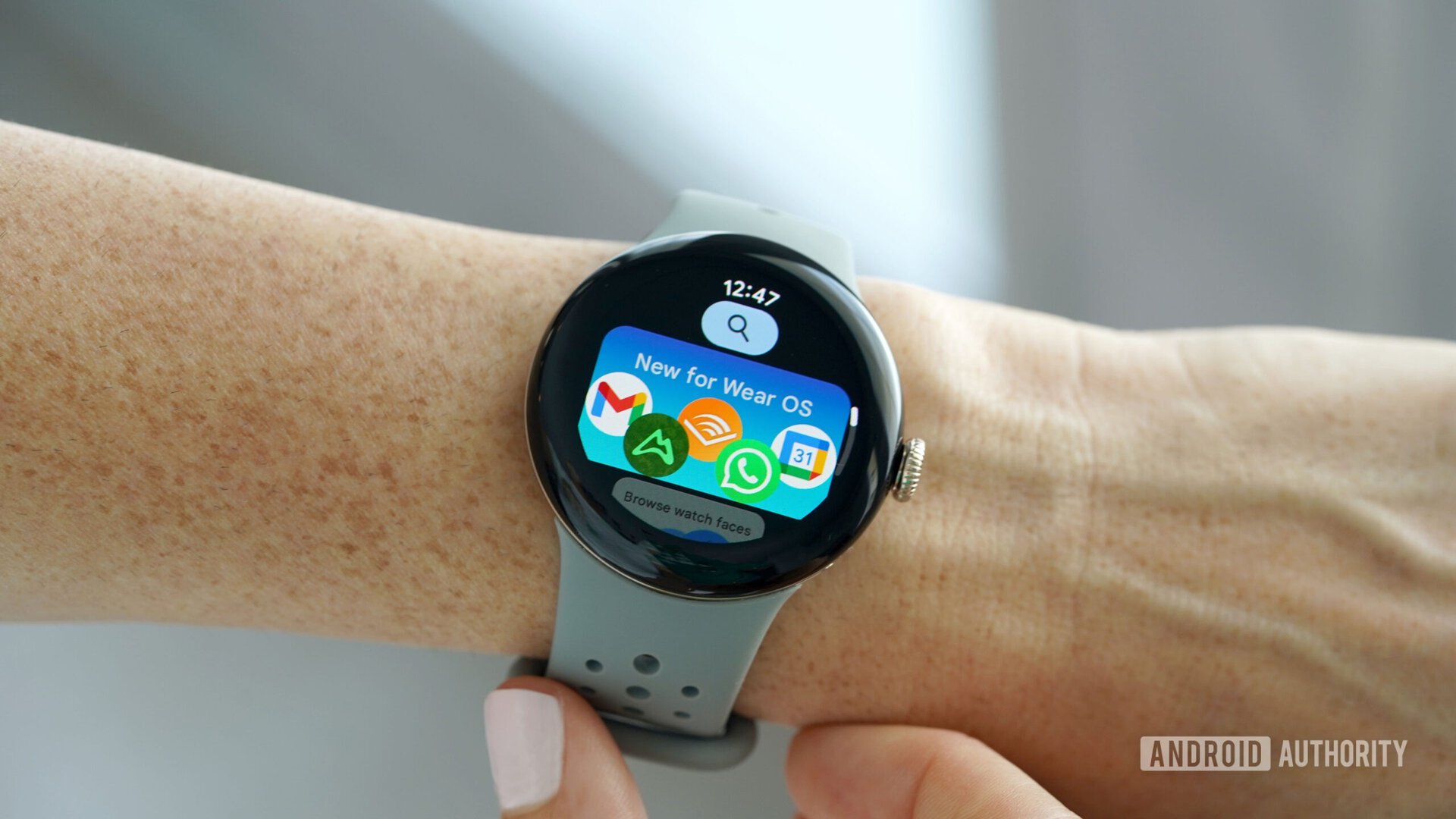
Credit: Kaitlyn Cimino / Android Authority
If you’re interested in a Google-made watch, the Pixel Watch 2 is already a great watch and has plenty of life ahead of it. However, with just a few days left until Google’s August launch event, it would be wise to wait and see what Google has in store for us. If nothing else, the introduction of the Pixel Watch 3 could certainly give you an even better deal on the Watch 2.
Not impressed by the Pixel Watch series? The most obvious alternative on the Android side of the fence is the Samsung Galaxy Watch 6 series (). For those who don’t mind switching to an iPhone in the process, the Apple Watch Series 9 () is also a worthwhile alternative.
Google Pixel Watch 3: What we want to see
The Google Pixel Watch 2 is one of the best smartwatches on the market and has a long list of great features. Of course, nothing is perfect. Here’s our wishlist for what I’d like to see from the Google Pixel Watch 3.
Durability could use improvement
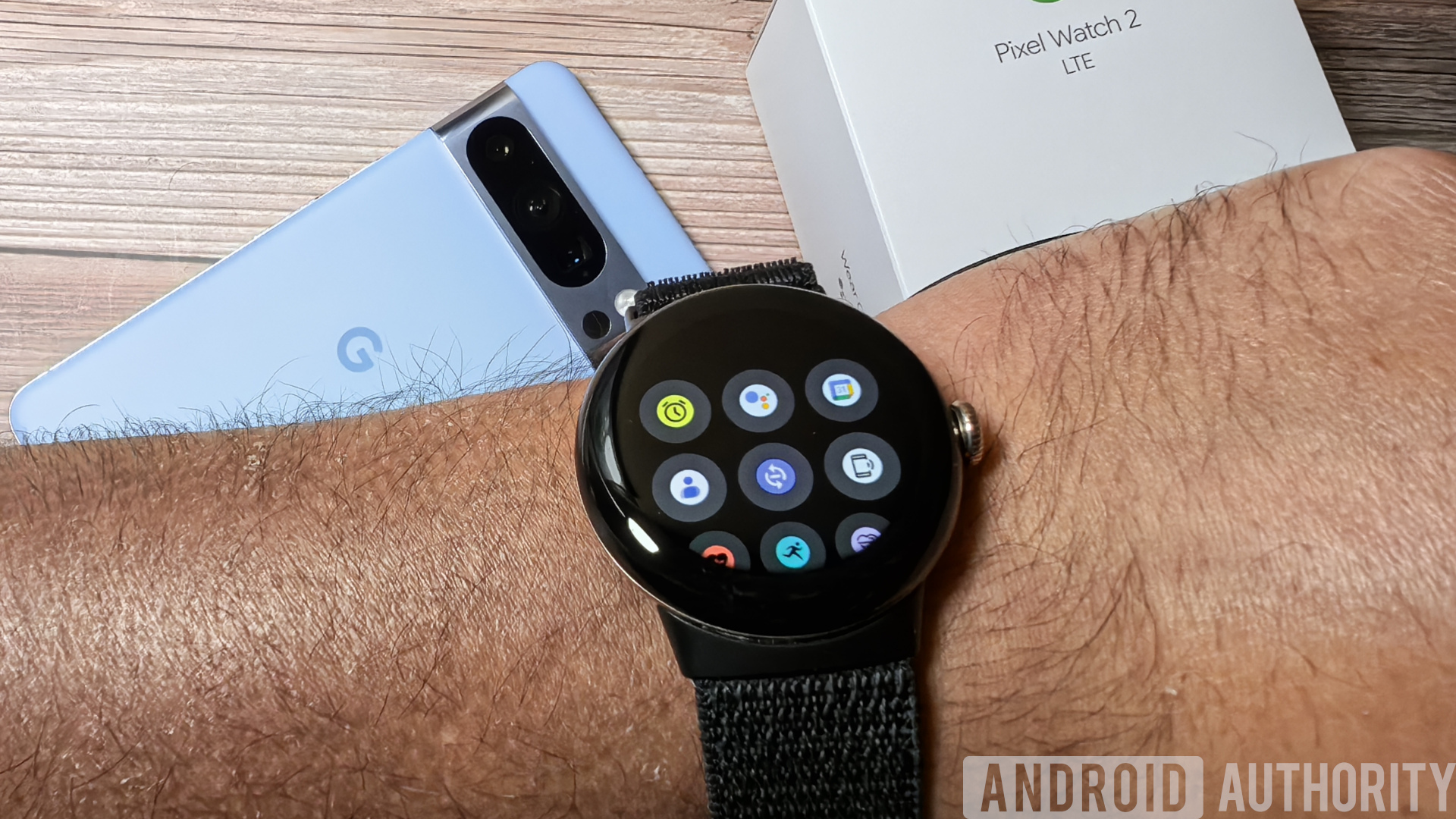
Credit: Mishaal Rahman / Android Authority
The Pixel Watch faced significant durability issues, particularly with its display, mostly due to the relatively thin glass used. The Pixel Watch 2 saw slight improvements in glass quality, yet there have been numerous reports from consumers and reviewers indicating that the watch remains fairly easy to damage. Compounding the issue is the watch’s nearly impossible self-repair process, forcing owners to rely solely on Google Pixel Watch Customer Support for repairs. This not only adds inconvenience but also results in being without the watch for an extended period.
The Google Pixel Watch 3 presents an opportunity to address these durability concerns definitively. Opting for thicker, more durable glass appears to be the most straightforward solution. Although this may slightly increase the device’s bulk, weight, and cost, it represents a worthwhile trade-off for enhanced durability.
The Pixel Watch 3 needs more sizes
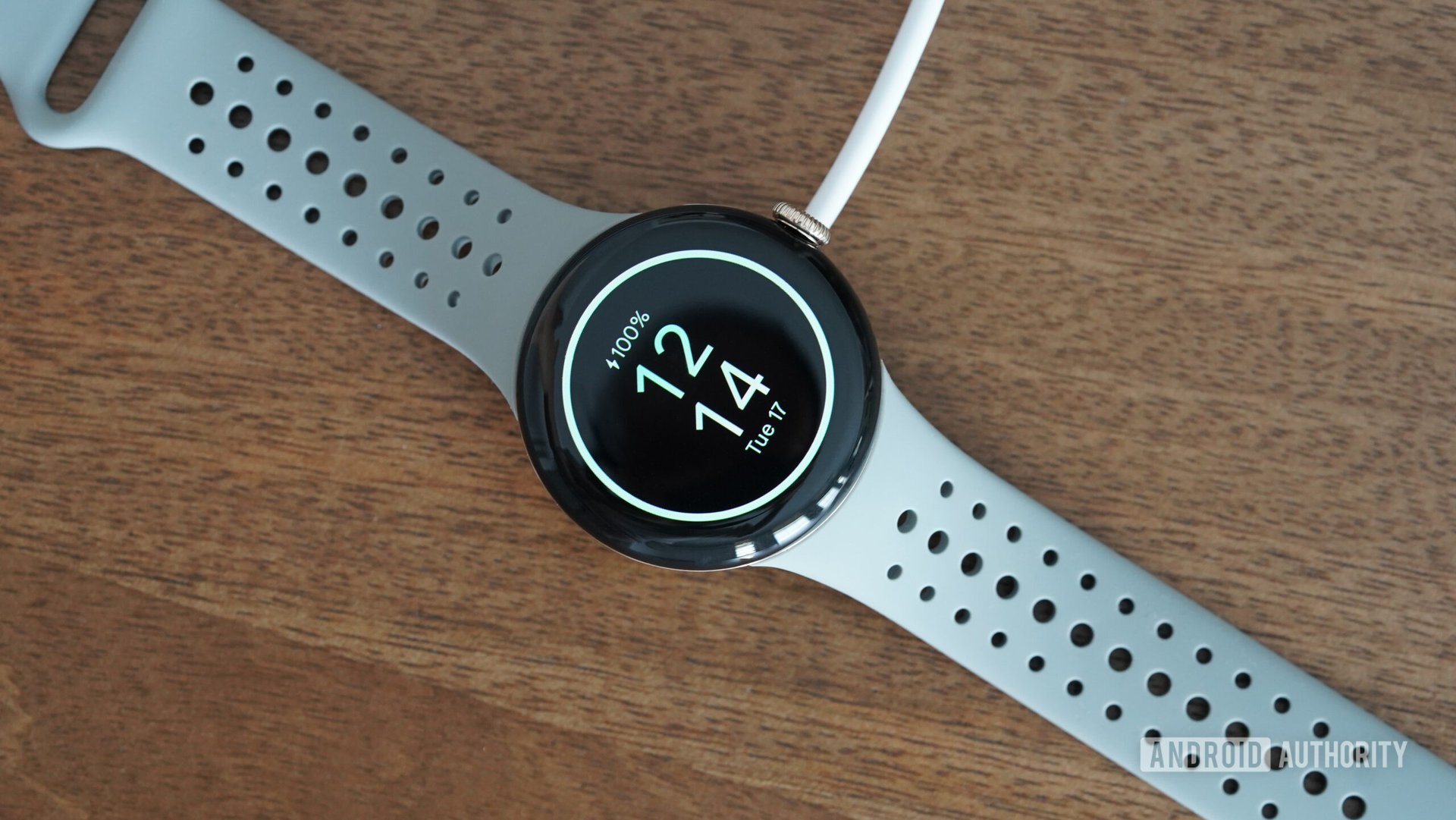
Credit: Kaitlyn Cimino / Android Authority
Garmin, Apple, and Samsung all typically offer multiple sizes for their watches, but the same can’t be said for Google. The Pixel Watch 2 comes in just one size: 41mm. While that might be perfect for many, some of us have big wrists or just want a larger display or better battery life, even if it means it’s slightly heftier to wear.
The solution is simple, Google should add a 45mm option to the Pixel Watch 3. This would appeal to those who want a bigger display or a larger size that better complements their wrist size.
The good news is that, as we mentioned in the rumor section above, Google is very likely to do just that.
While we’re at it, how about more colorways?
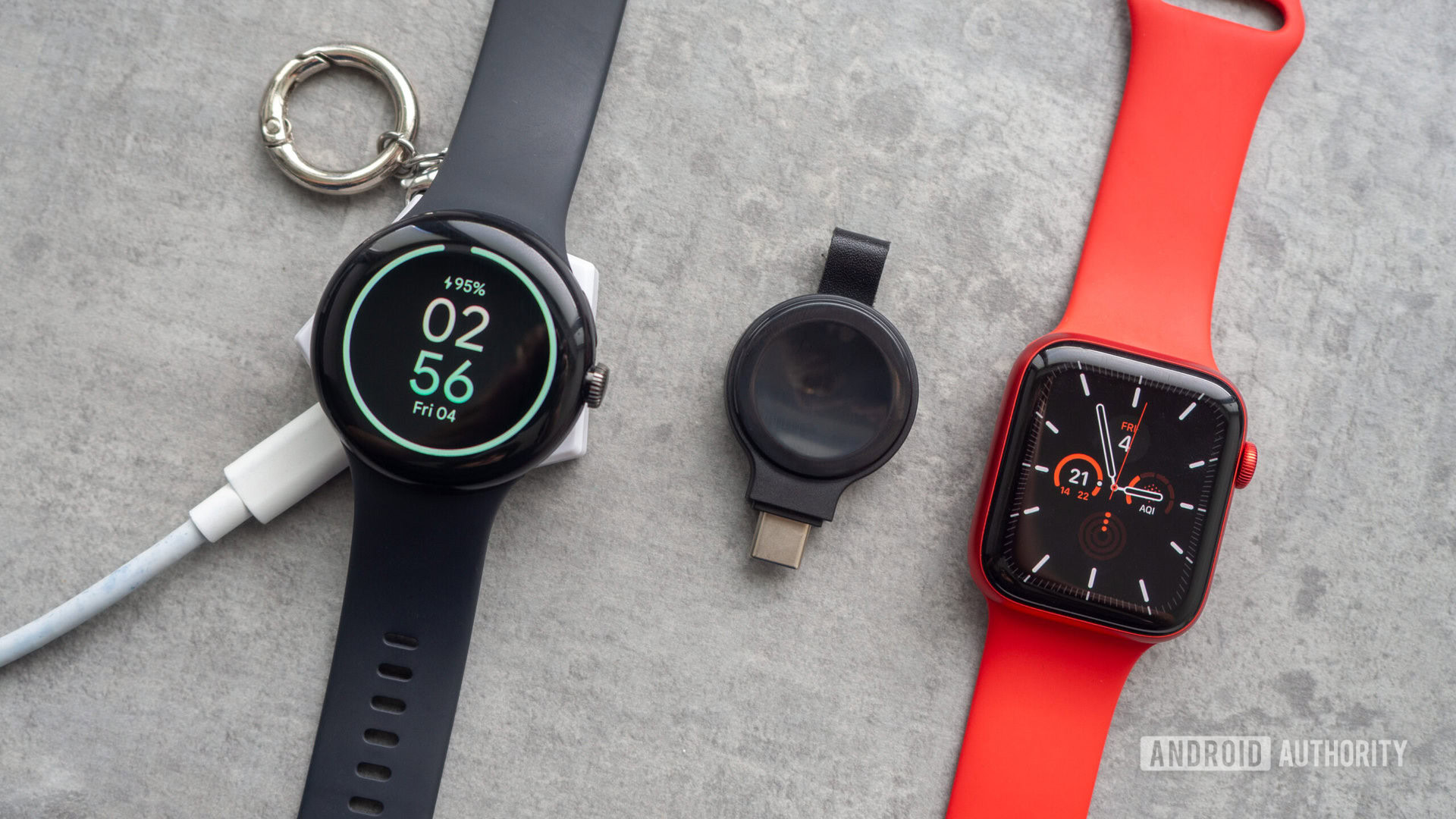
Credit: Rita El Khoury / Android Authority
The Google Pixel Watch 2 adopts a fairly reserved approach to case colors, opting for metallic shades of gold, black, and silver. Personally, I align with Henry Ford’s sentiment, believing black to be the only color anyone ever needs (half kidding), though I suspect my opinion might be a minority. Several smartwatches on the market offer a more diverse palette of unique shades. Apple, in particular, excels in this area with its Apple Watch Series 9, which is available in shades like Product Red and Pink.
If Google aims for the Pixel Watch 3 to stand out, incorporating a splash of color seems like a straightforward strategy. Perhaps Google could draw inspiration from its Pixel phone series and introduce colors such as Rose or Bay Blue, or bring back old Pixel favorites like Oh So Orange. I had the latter color on my Pixel back in the day, despite the fact I almost always get black phones. It just stood out in a way that was hard to ignore.
Here’s hoping the Pixel Watch 3 can do the same with its case colorway in 2024. Unfortunately no rumors indicate this is happening, but it’s still early enough that we can’t say for sure.
Safety Signal is a great idea, but it shouldn’t cost a dime
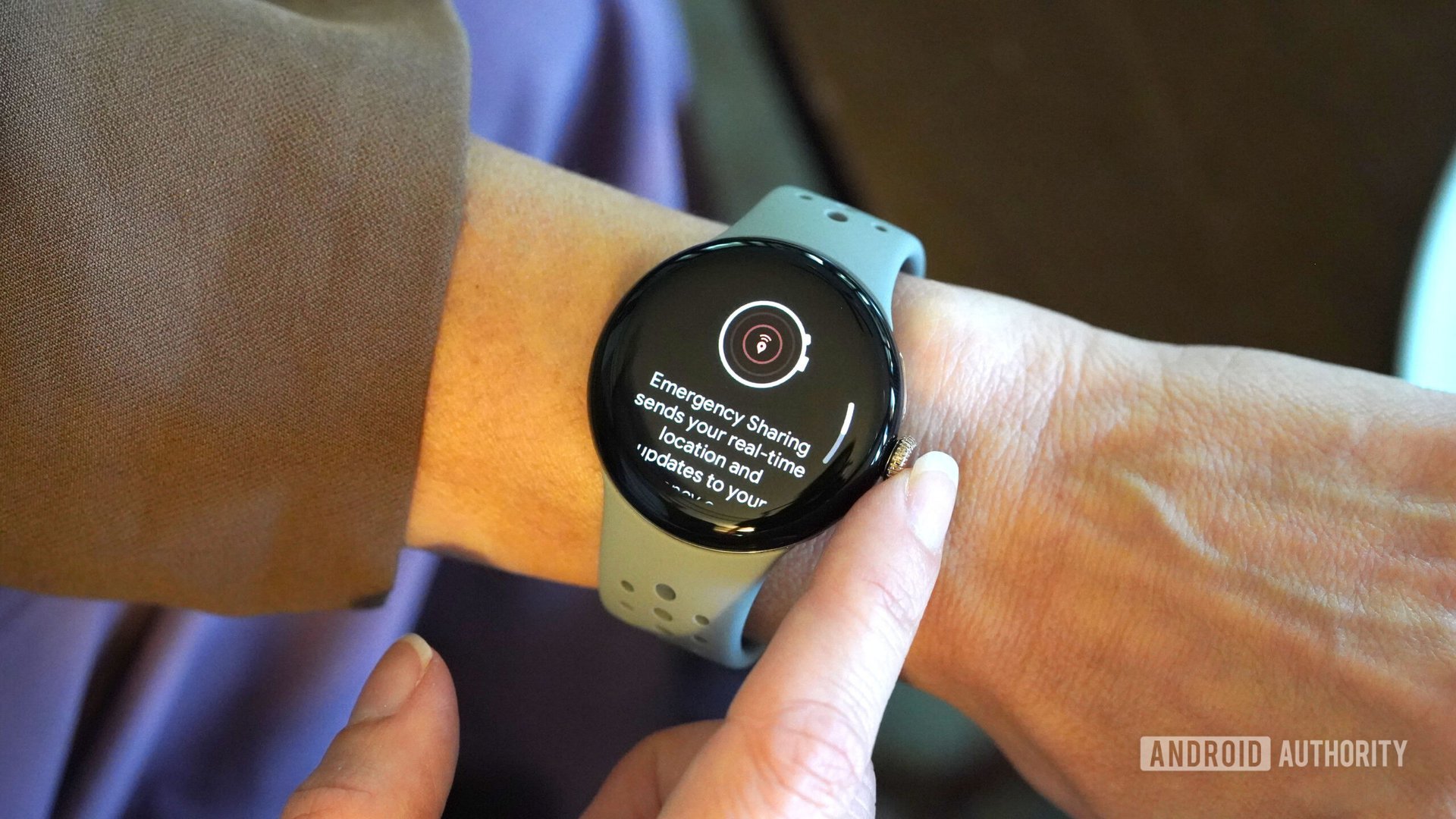
Credit: Kaitlyn Cimino / Android Authority
I really appreciate the Safety Signal feature on the Pixel Watch 2. In essence, it allows you to use SOS cellular features in an emergency without needing an active LTE cellular plan. Although this feature necessitates an additional $50 for the LTE model, it’s a minor sacrifice for the peace of mind it provides.
It’s always possible to find yourself on a hike or run with a dead phone. Having a backup solution for emergencies is reassuring. However, the requirement to pay for the Fitbit Premium subscription is less appealing. Although Premium costs only $10 a month, there are cellular plans for watches that start at a similar price point. Moreover, unlike a full cellphone plan, this service is only functional in emergencies.
I believe Google should cover the costs for emergency services and offer this feature for free to Pixel Watch 3 LTE users. This would position Google uniquely in the market, providing a standout feature that no other brand offers for free. While Apple and a few other brands have SOS features, they all require an active (and paid) cellular connection.
GPS accuracy needs to be improved

In our own Pixel Watch 2 review, we found the watch’s GPS to be fairly inconsistent compared to other fitness trackers and devices. For example, during our testing, we found that the GPS would disappear and yet still keep claiming it was tracking. The distance reported would be inaccurate compared to devices like the Apple Watch. Not a great look for a watch that is clearly aimed at fitness thanks to its association with Fitbit technology. Simply put, I feel Google needs to upgrade its GPS sensor for the Pixel Watch 3.

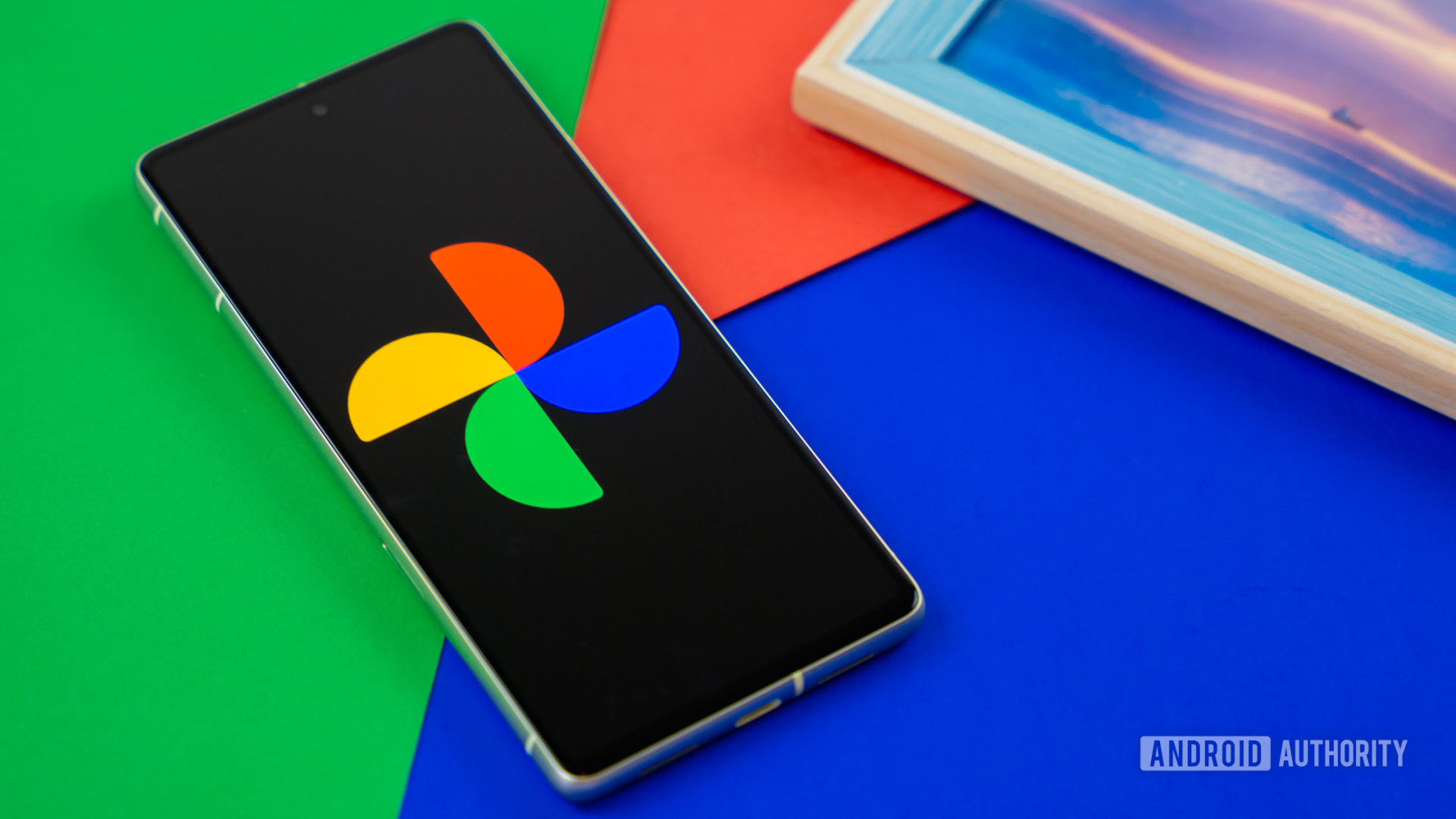

 For most T-Mobile subscribers, it’s probably not worth paying $120 more a year over Go 5G Plus. According to T-Mobile’s own survey, about 10% of subscribers feel upgrading is a majority priority. So unless you’re part of that 10%, you’re paying extra for something you won’t use.
For most T-Mobile subscribers, it’s probably not worth paying $120 more a year over Go 5G Plus. According to T-Mobile’s own survey, about 10% of subscribers feel upgrading is a majority priority. So unless you’re part of that 10%, you’re paying extra for something you won’t use.

